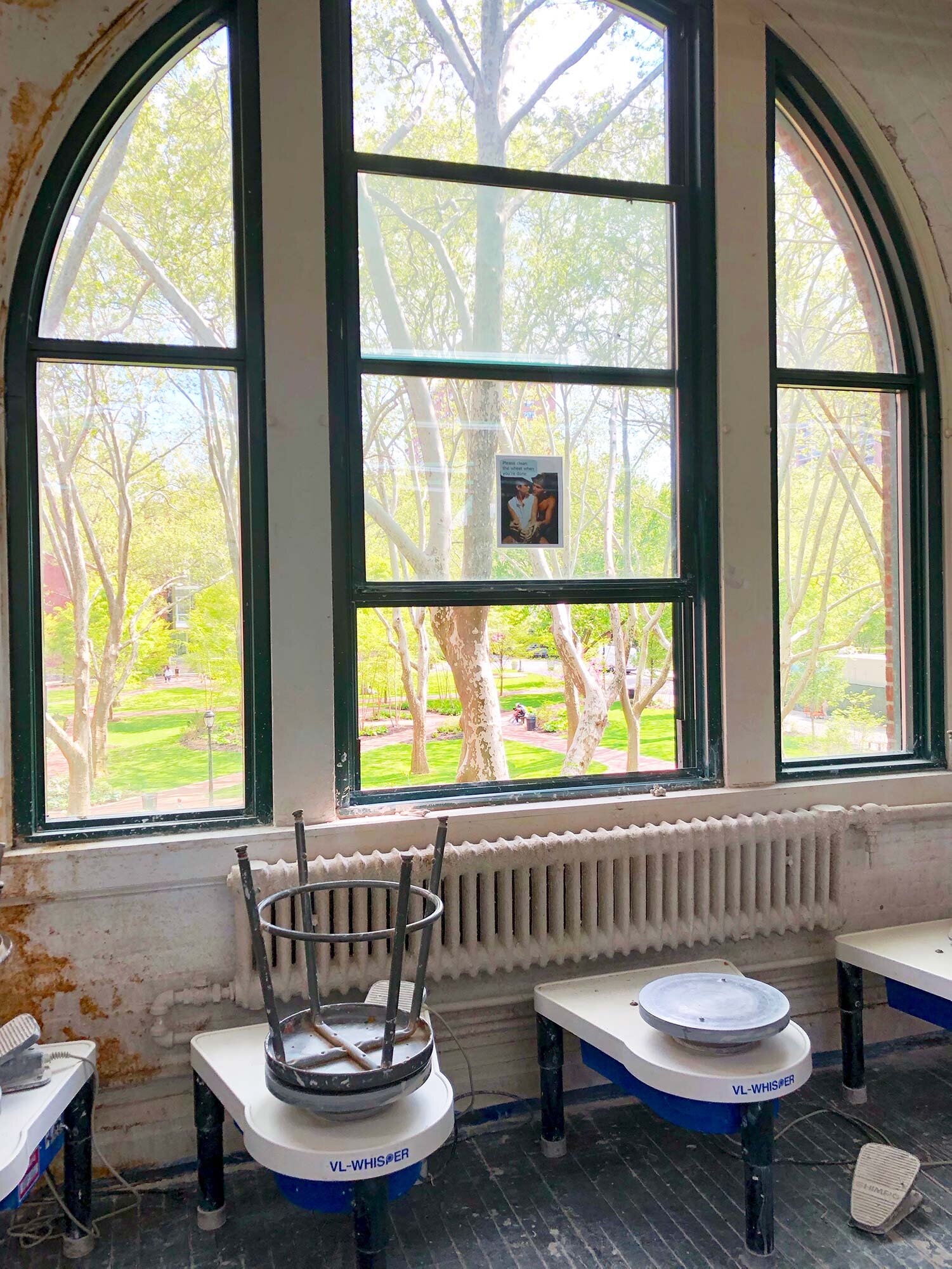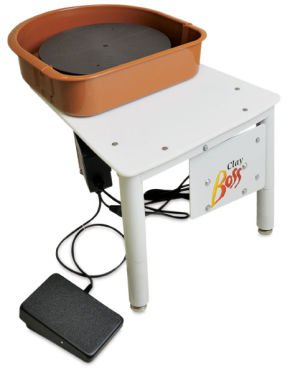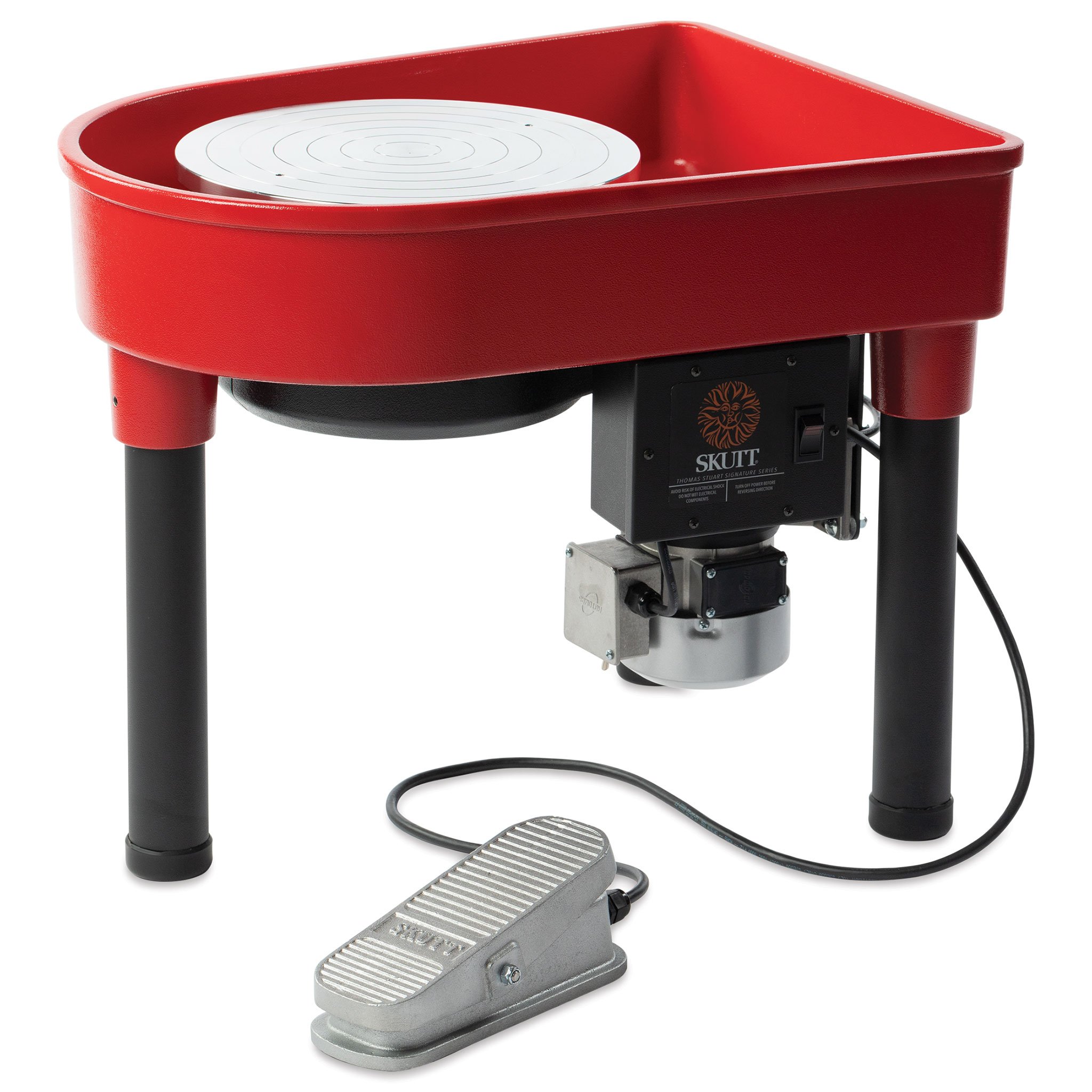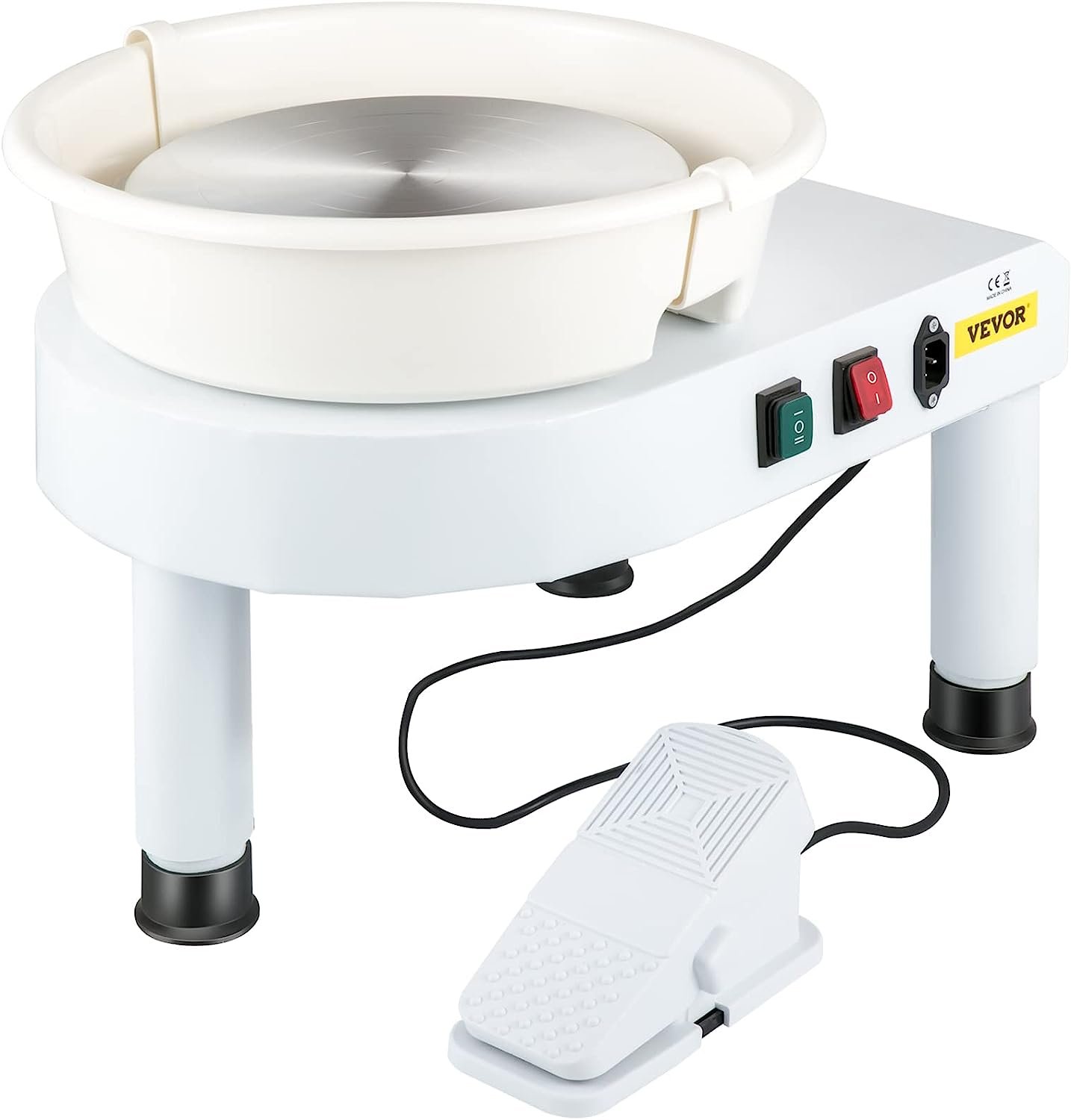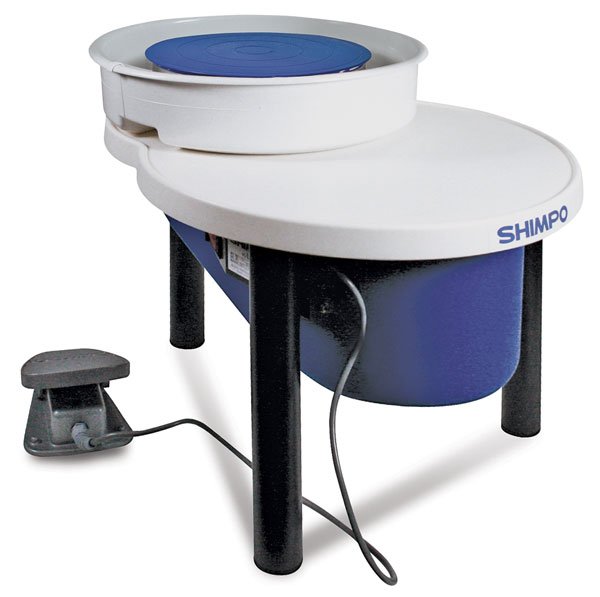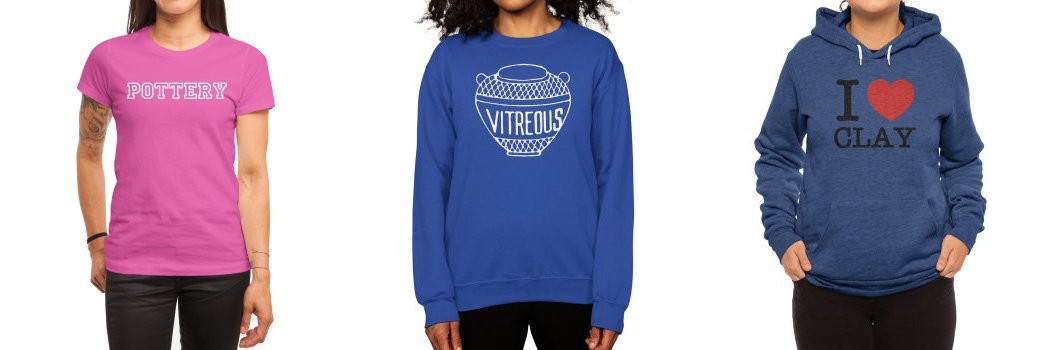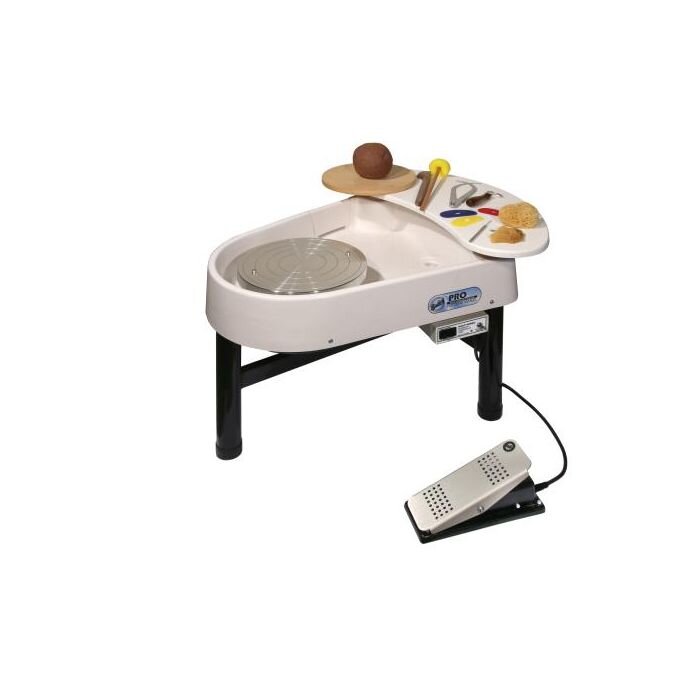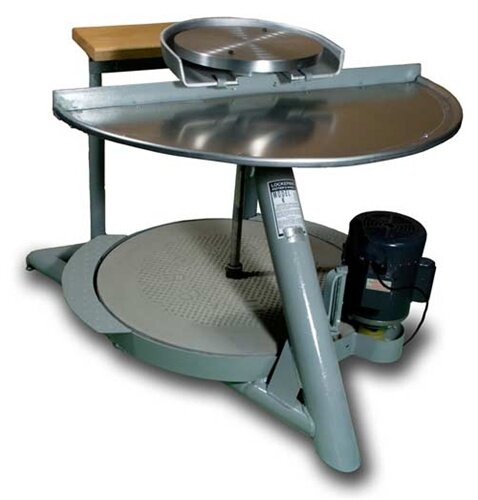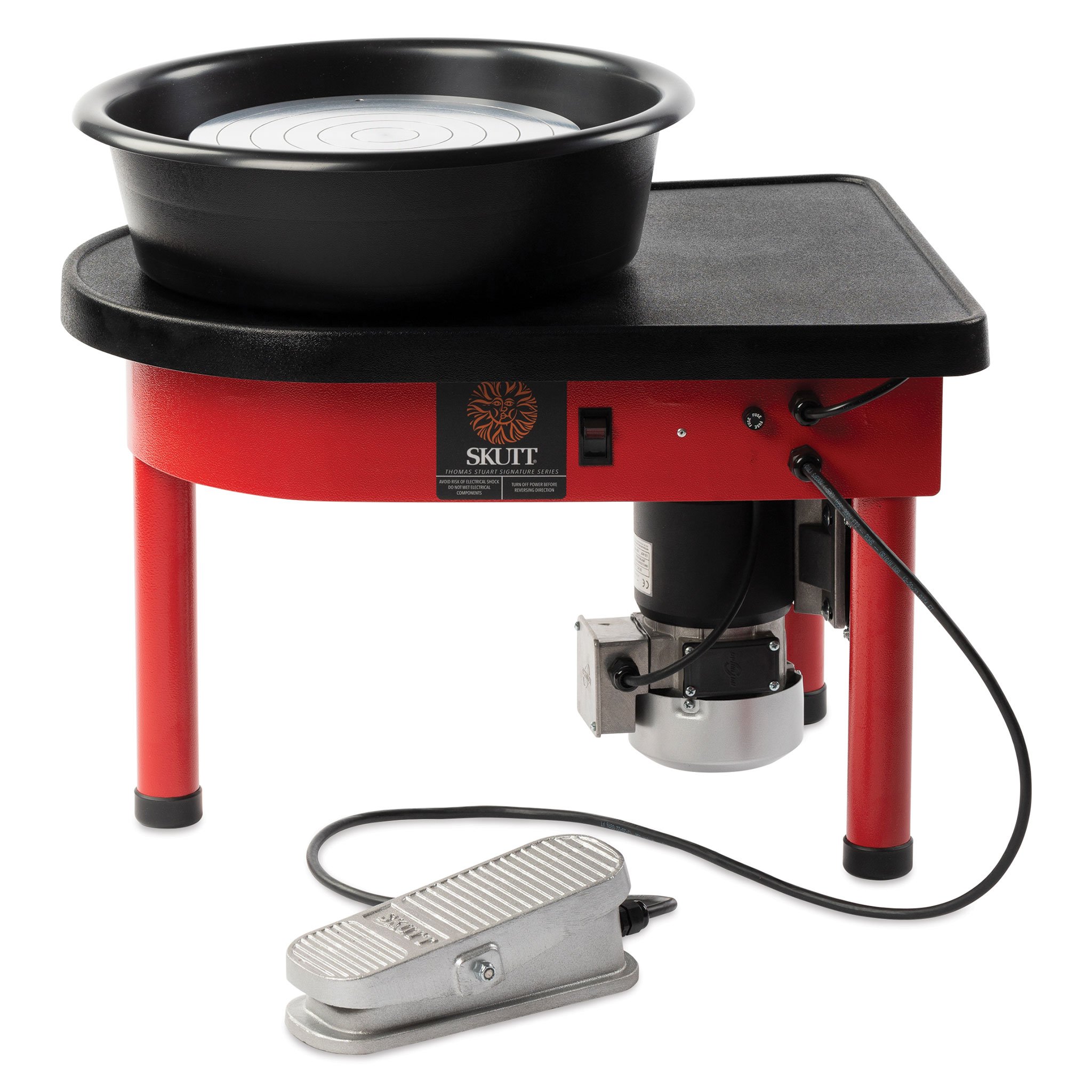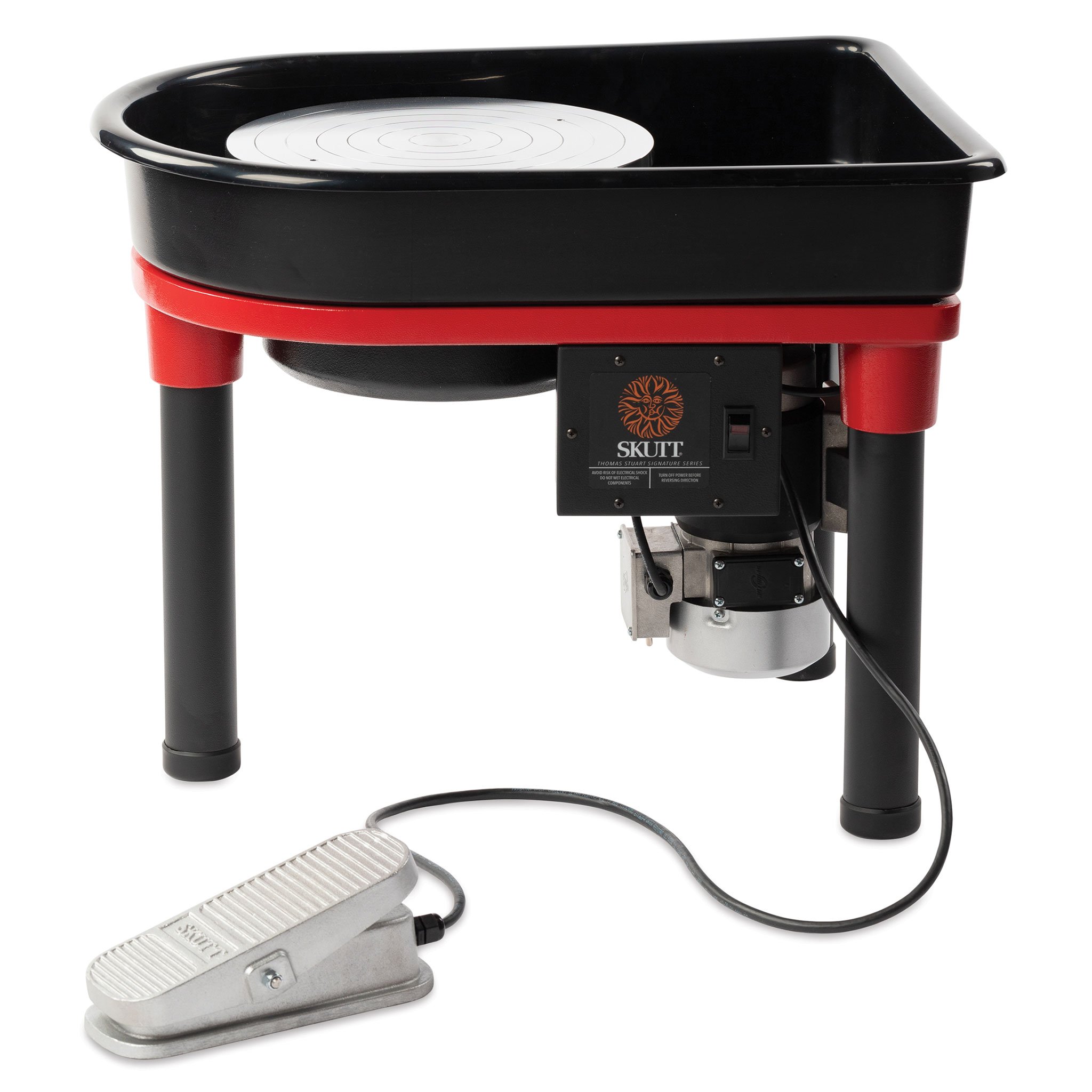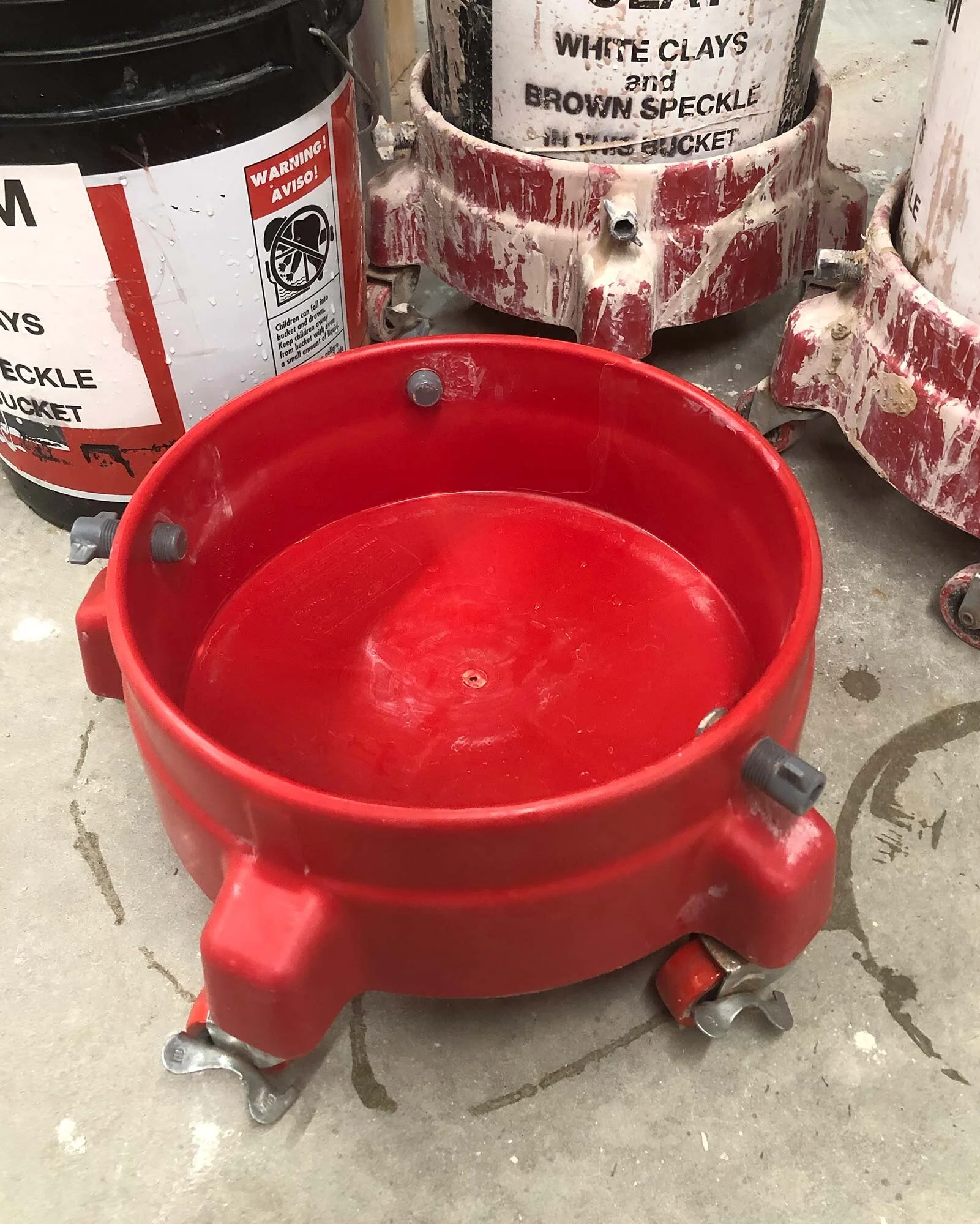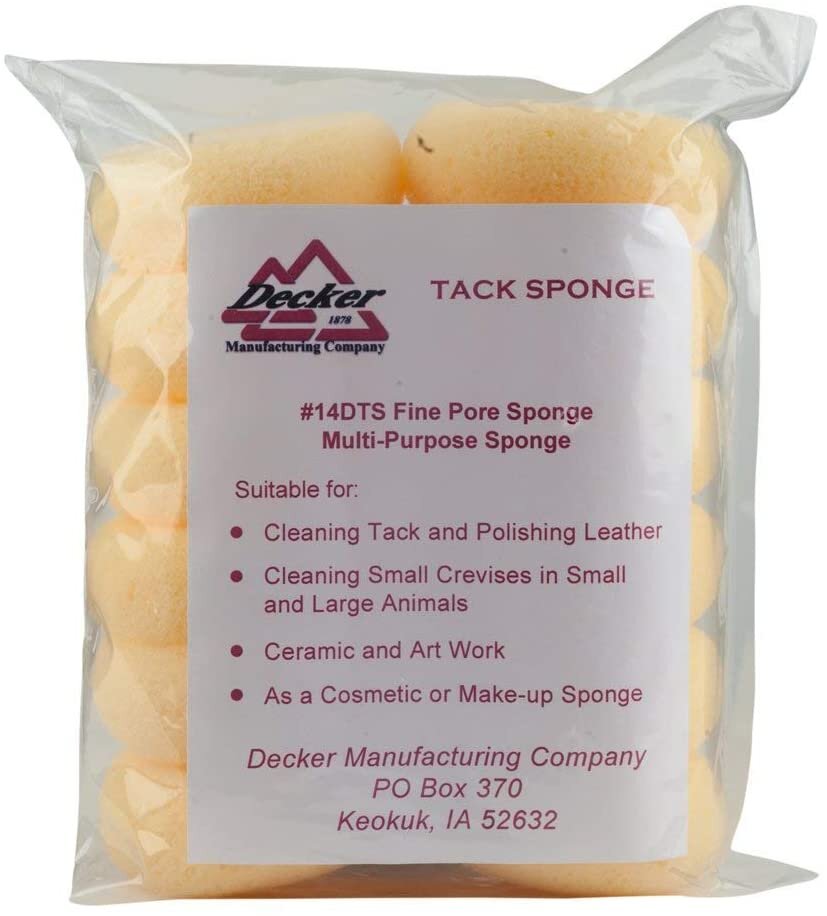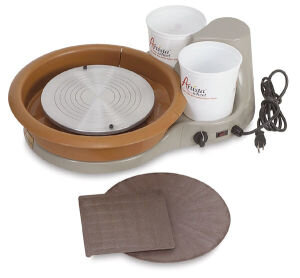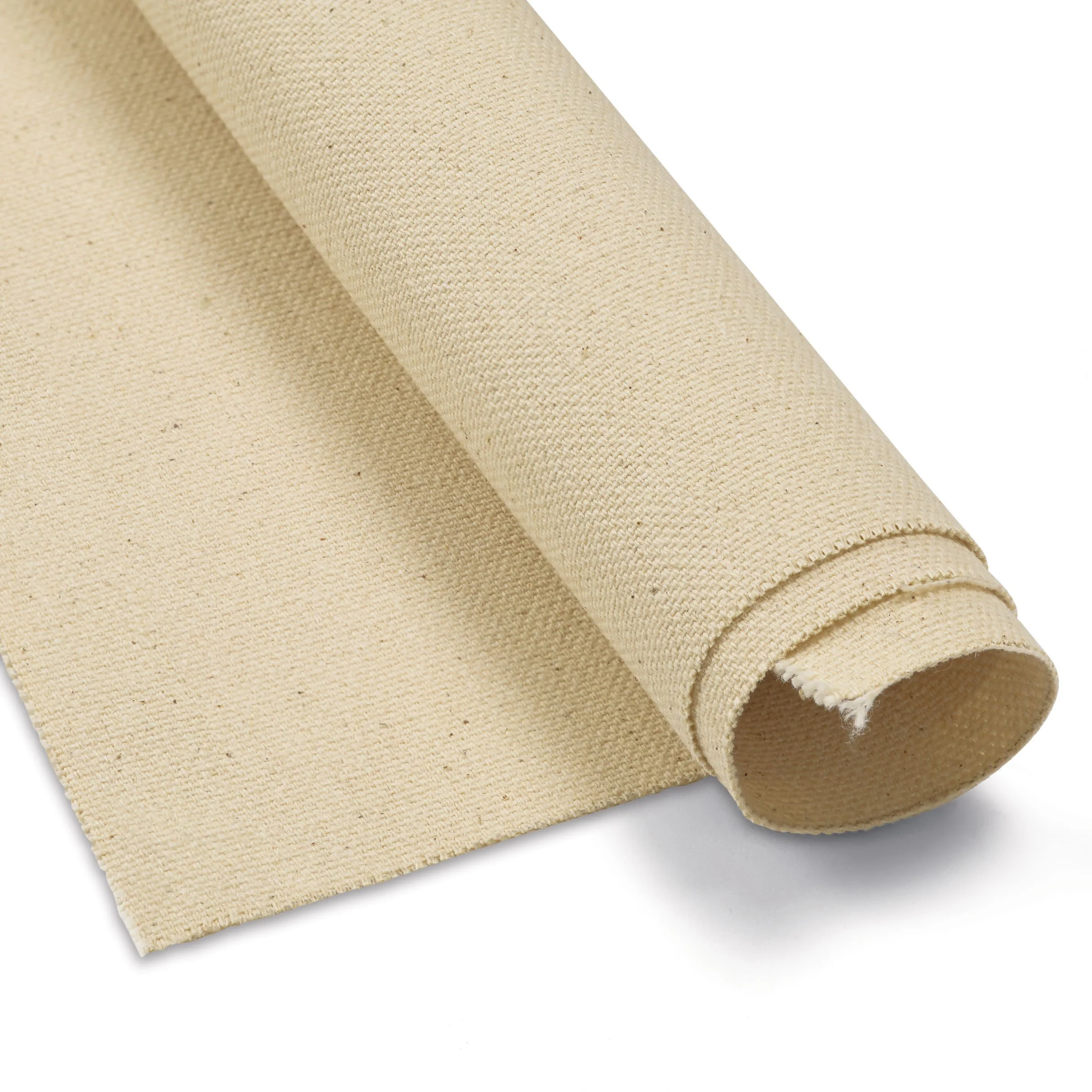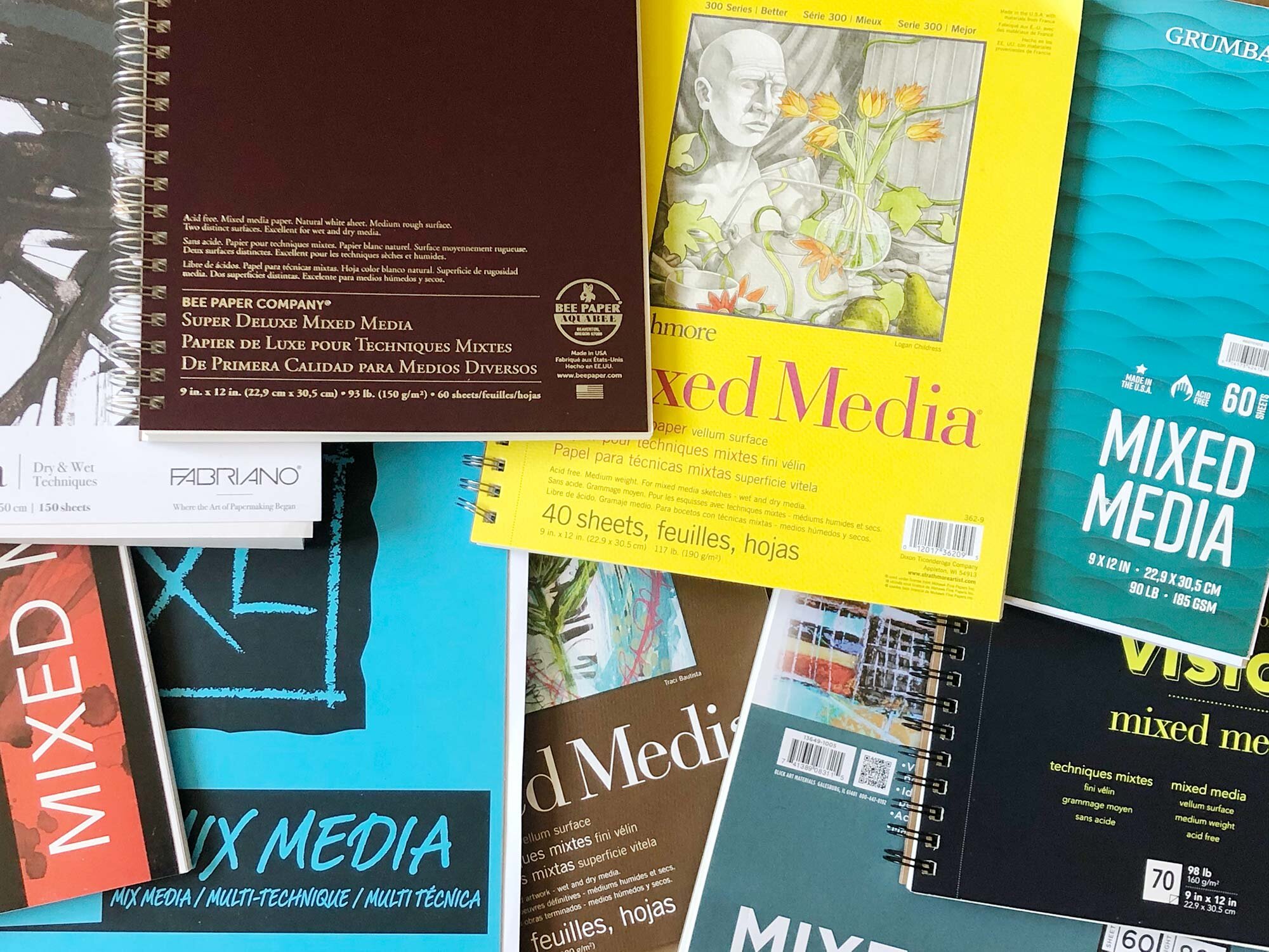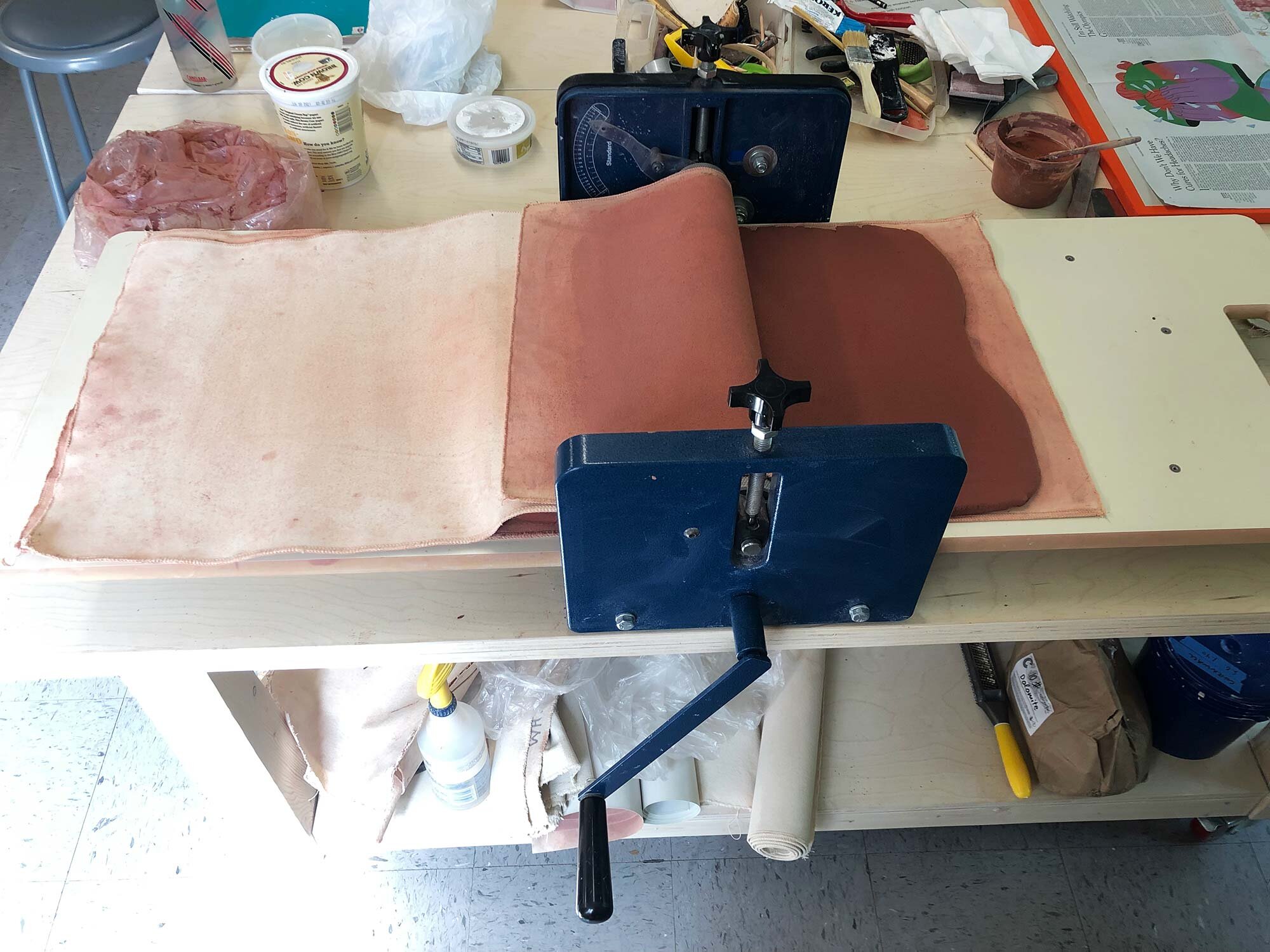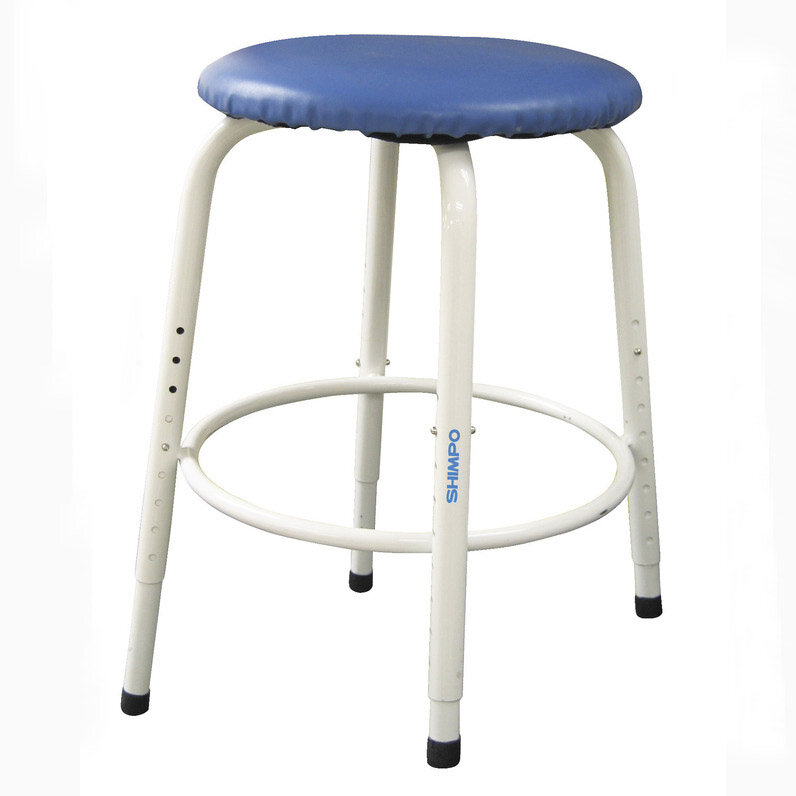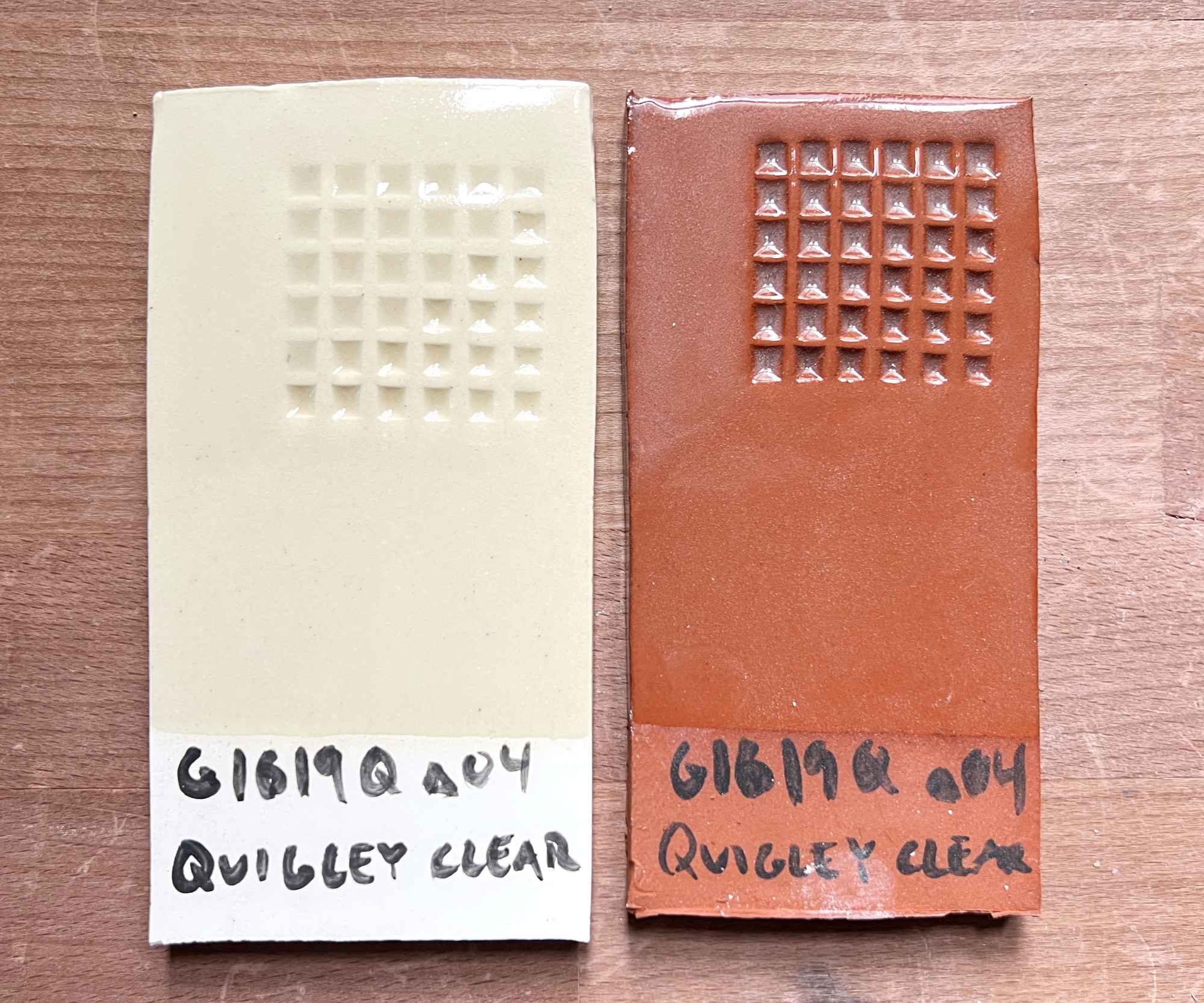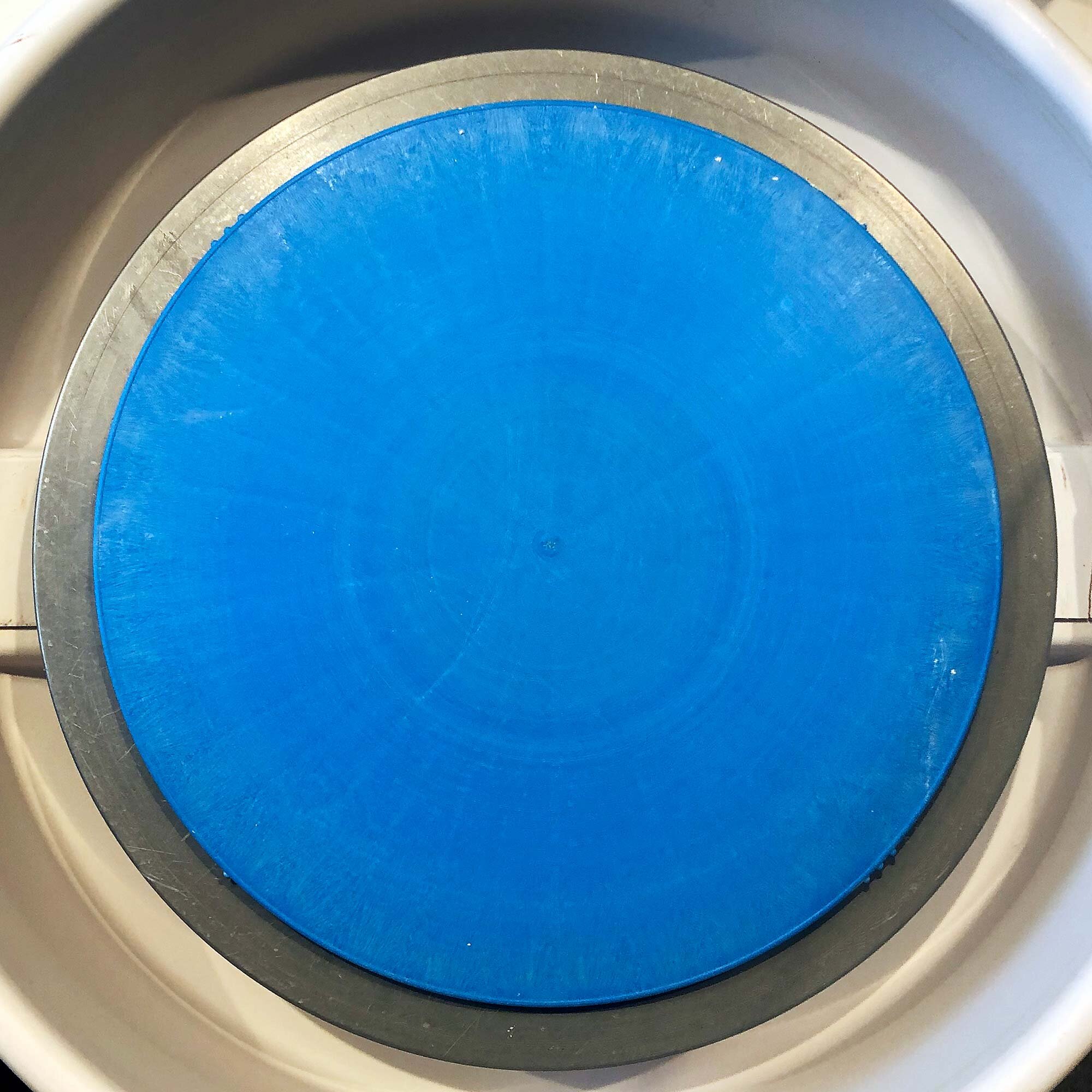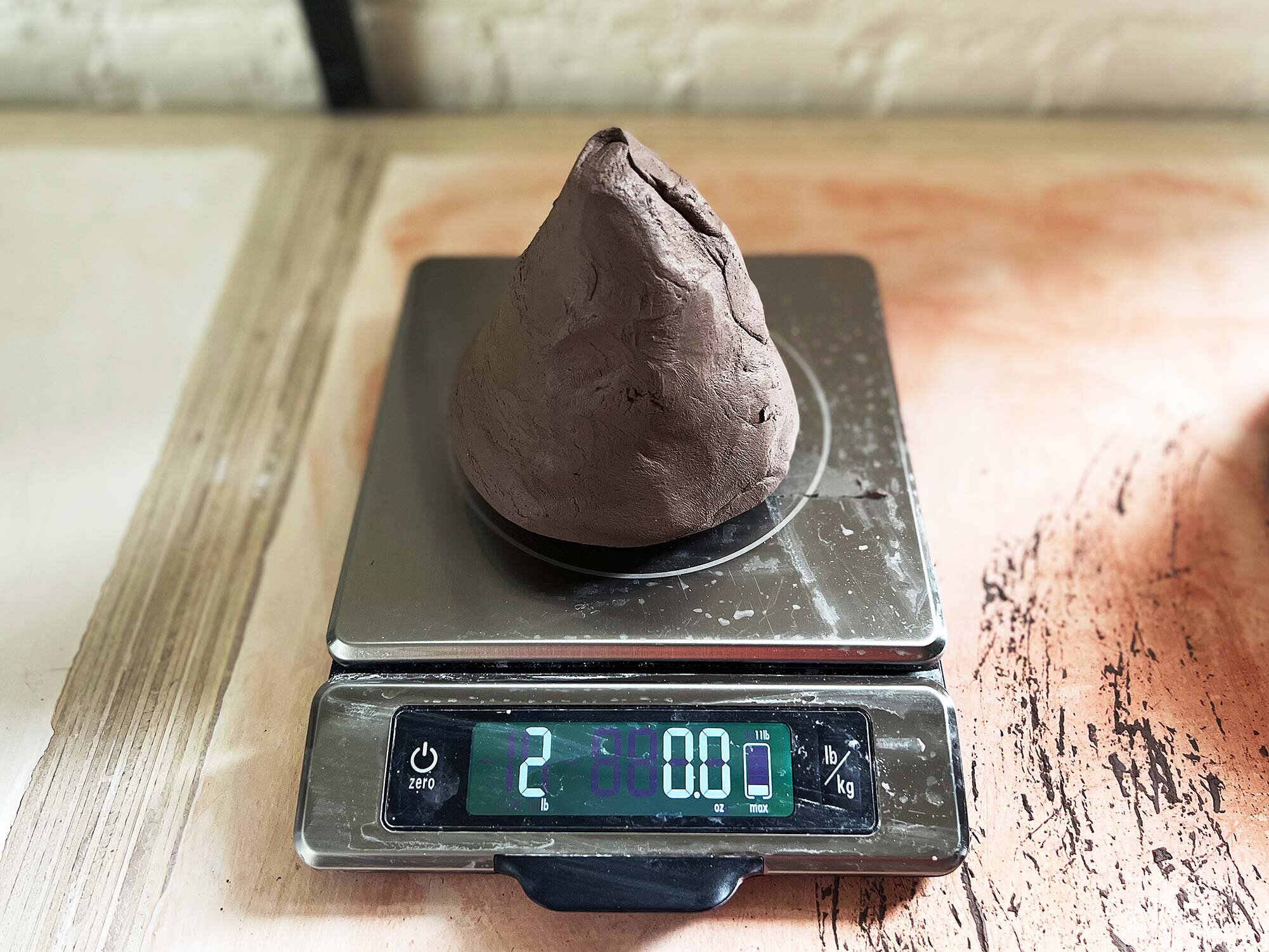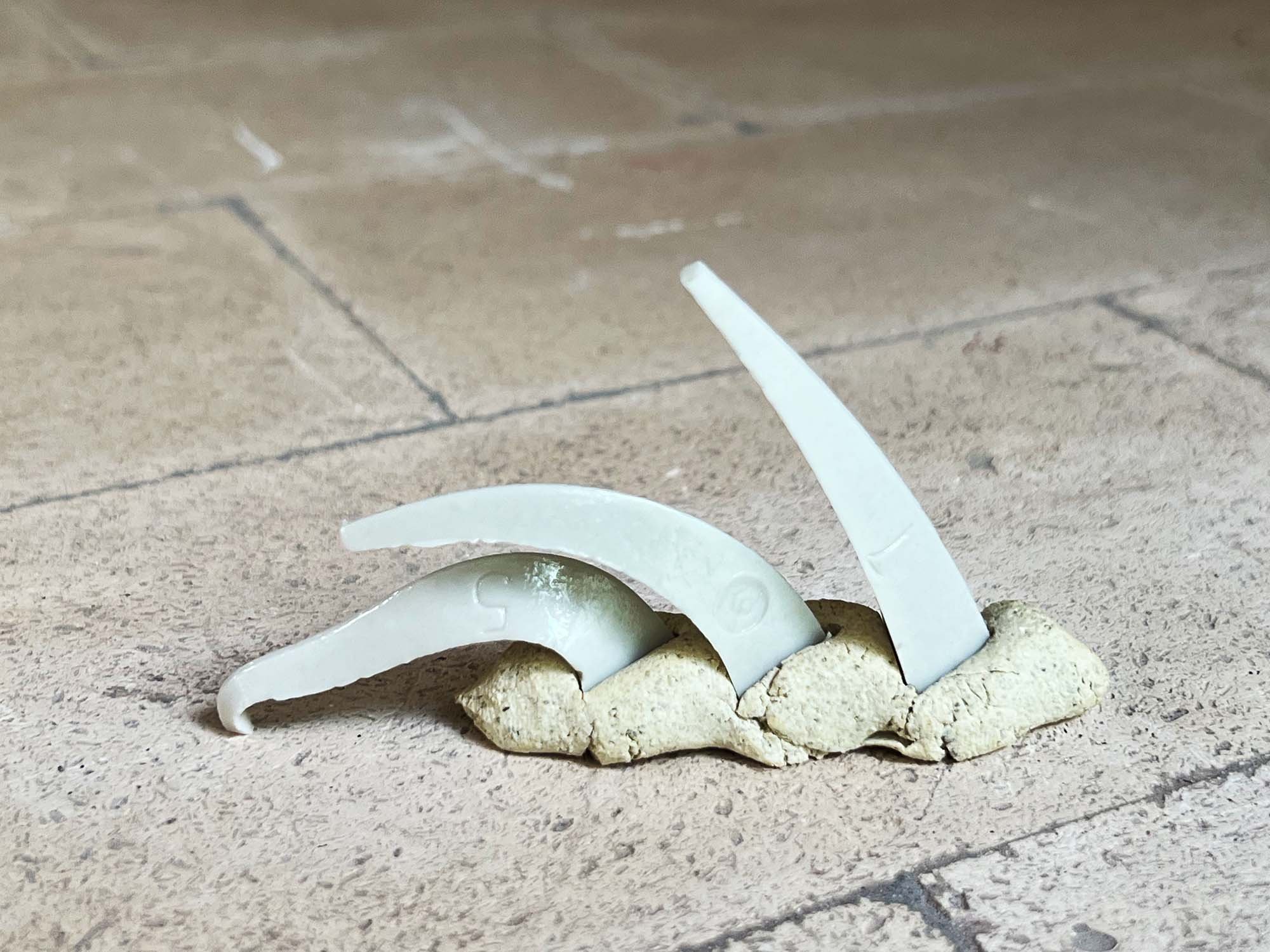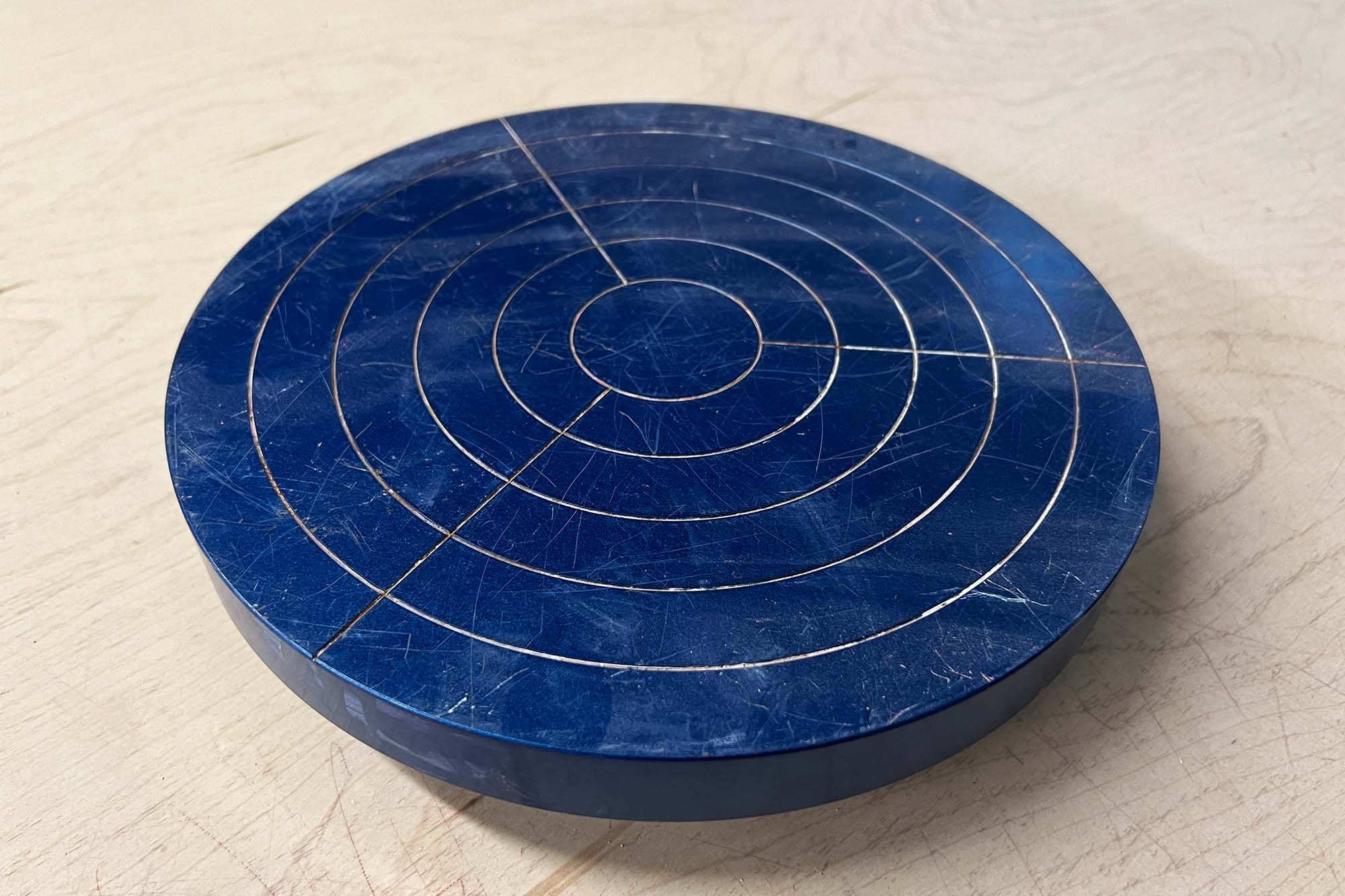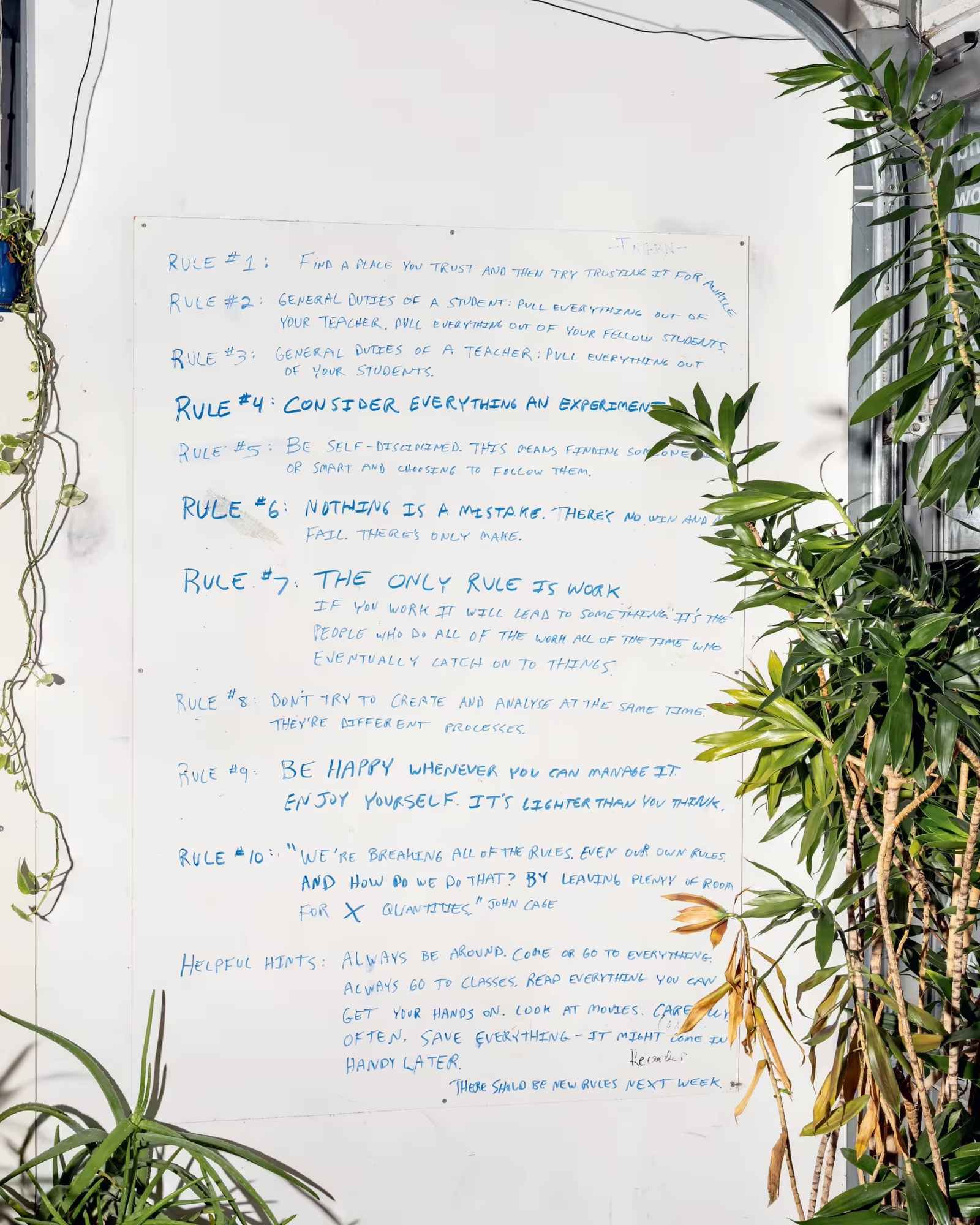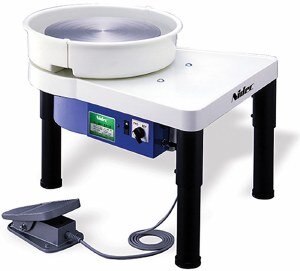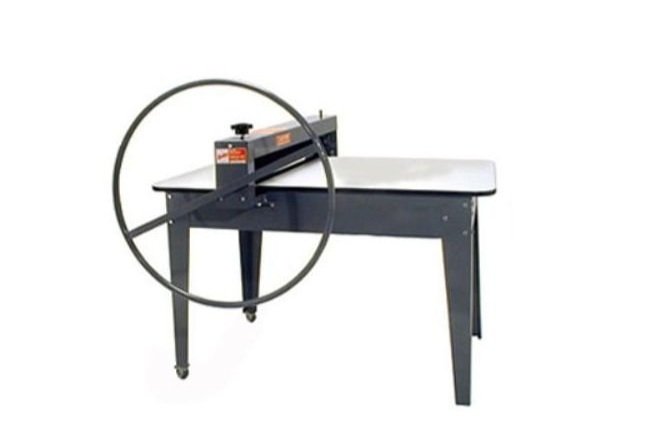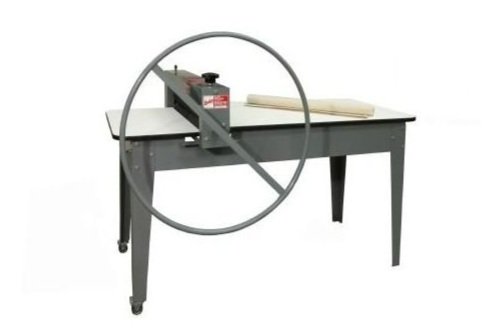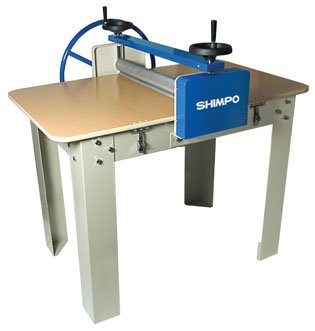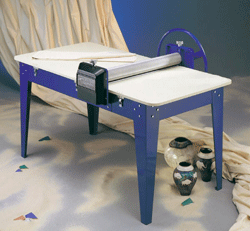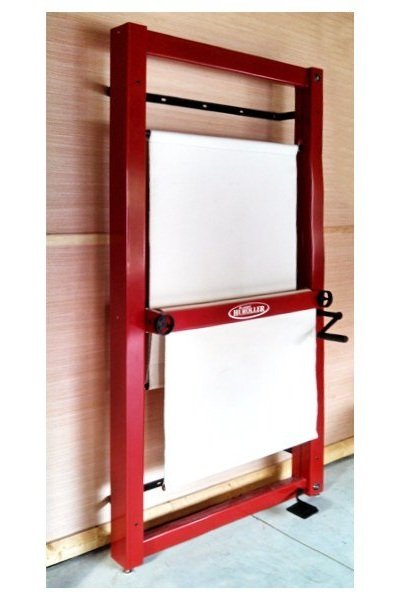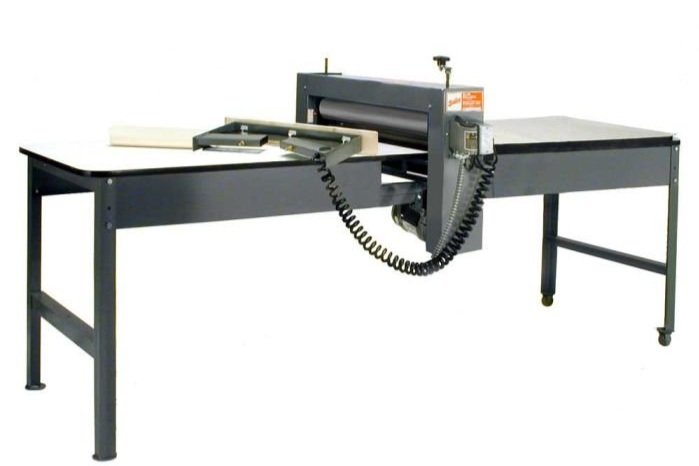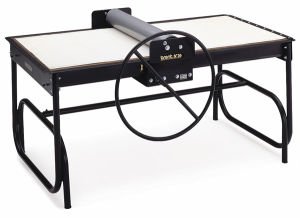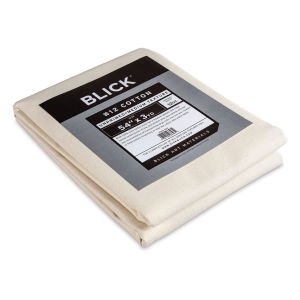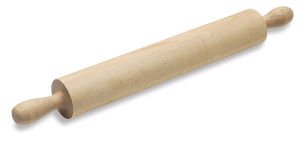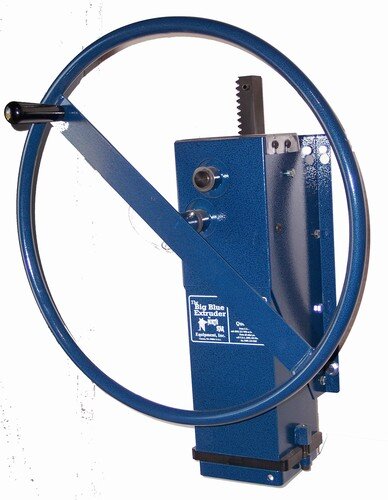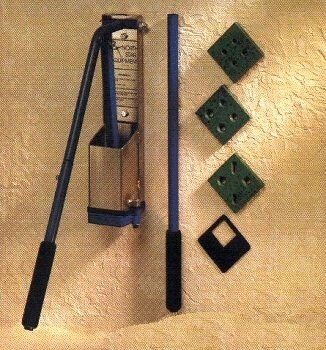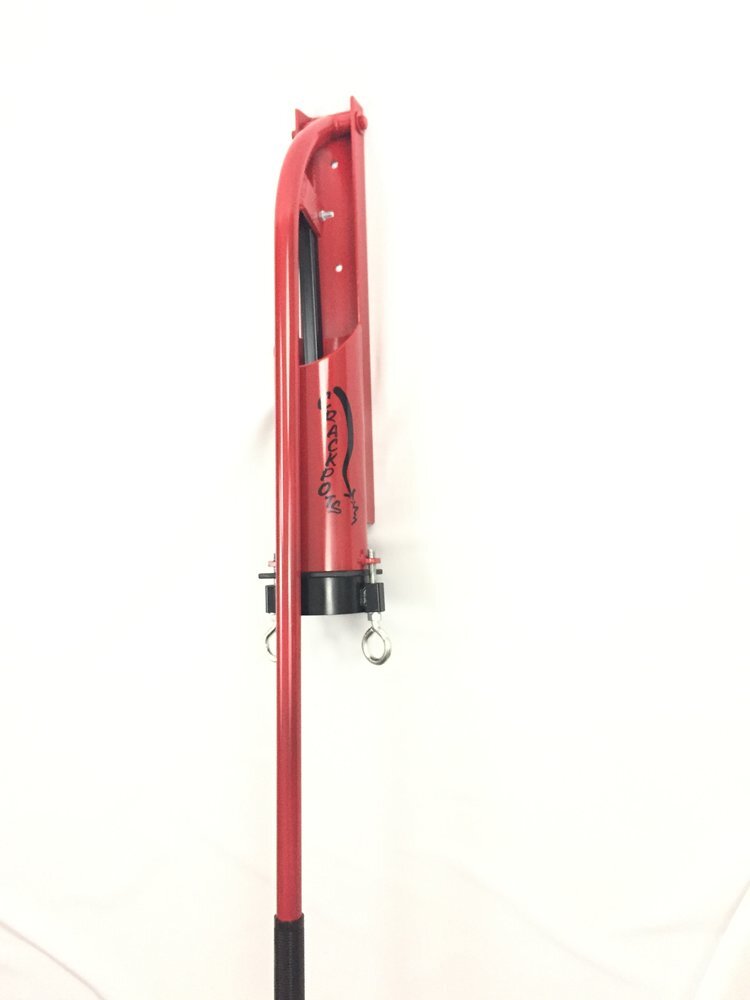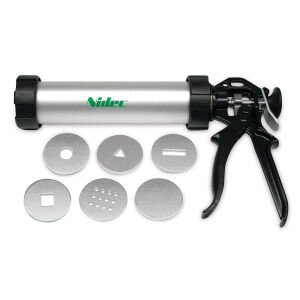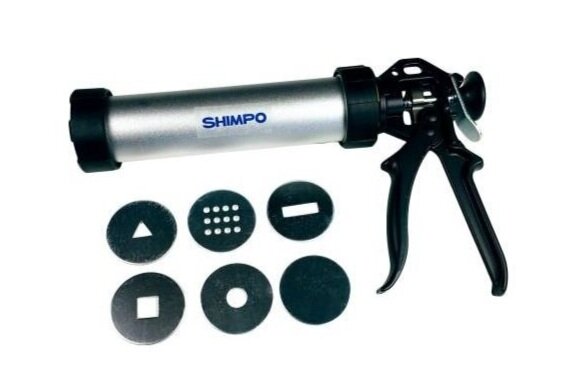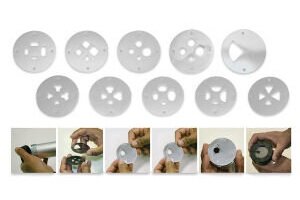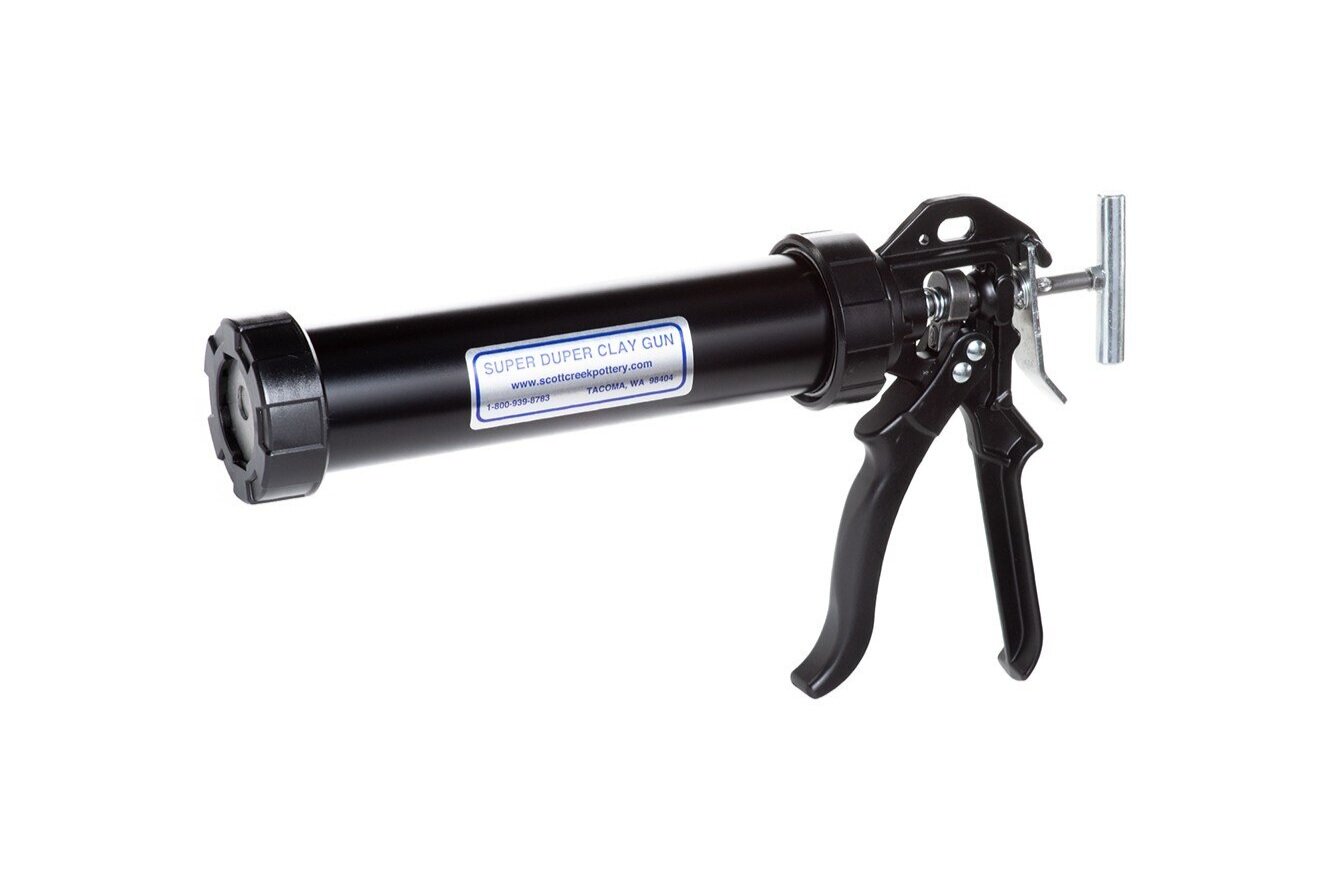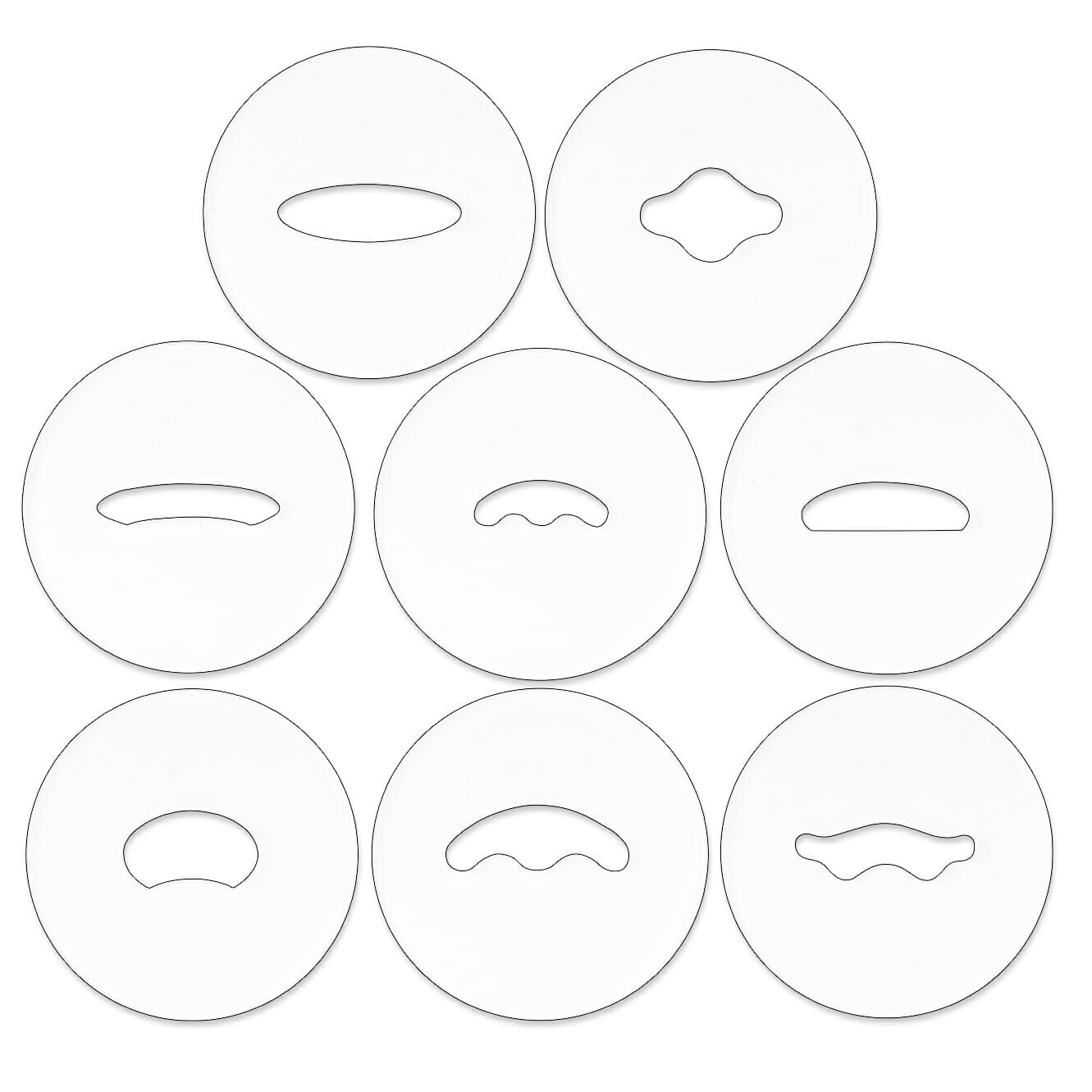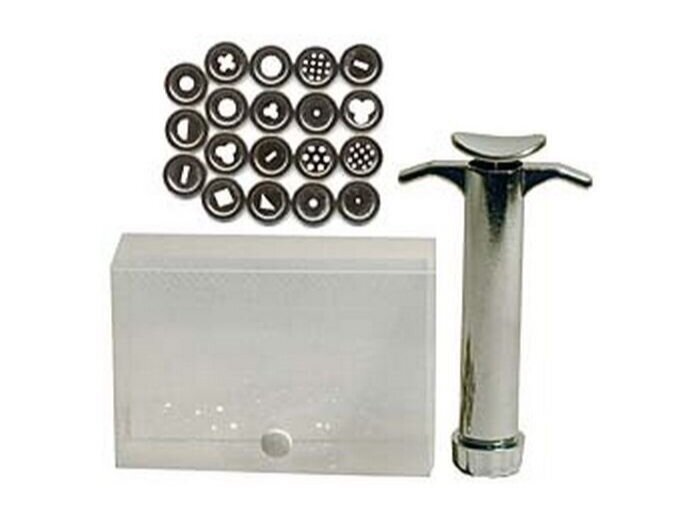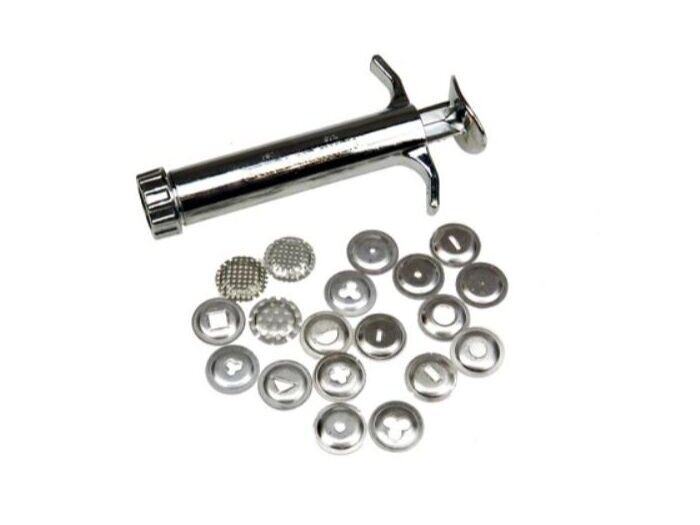A classroom set of our top pick, the Shimpo VL-Whisper pottery wheel. The latest model of the Whisper has a slightly different table top shape but same super-quiet motor.
This guide will help you choose the wheel that is best for your studio and budget. This guide includes our recommended picks, an overview of the features found on pottery wheels, and a comprehensive guide to every model of wheel we could find on the market.
First, a quick rundown of our top picks, with more detailed descriptions below:
The Shimpo VL-Whisper is our top pick for a pottery wheel.
TOP PICK:
As in previous guides, our top pick for all studios in 2025 is the Shimpo VL-Whisper. It’s a super-quiet workhorse with a 1/2 horse power motor that usually costs around $1,600–$1,800.
The Shimpo VL-Lite is our top pick for a budget wheel.
BUDGET PICKS:
For a budget / entry level wheel, we love the Shimpo VL-Lite. It’s got a belt-driven, 1/2 horse power moter and usually retails for around $900. It is also the most affordable wheel designed for professional use.
The Speedball Clay Boss is another great wheel that is available at a more budget-friendly price.
Another great budget wheel is the Speedball Clay Boss, which also has 1/2 HP belt-driven motor. It did, however, take a big price jump recently and now typically retails for around $1,000 to $1,040.
The CXC is the top-of-the-line Brent Wheel and has a 1 HP motor.
UPGRADE / PRO PICK:
Any of the above wheels are great and are used by many professionals, but for extra power and a heavy-duty build, check out Brent wheels such as the Model C or CXC; a Skutt Wheel, especially the Skutt Classic with an aluminum splash pan; or a Soldner Wheel. Both Skutt and Brent wheels usually retail for $2,000 and up and Soldner Wheels start at $2,350.
The Skutt Classic pottery wheel features a cast aluminum splash pan.
In addition to reviews and recommendations of top wheels, this guide will cover:
What to look for when buying a wheel
Tips on where and how to buy
Provide a side-by-side comparison chart of just about every wheel on the market so that you can make the most informed decision.
Changes for 2025
A few of the big changes for 2025:
Brent Wheels have a slightly more streamlined approach. The B model now has a 14” wheel head (up from a 12”) so the main difference between the B, C and CXC models now is the motor strength.
Skutt Wheels have also streamlined their product line. As opposed to multiple options of motor strengths in the Legend and Classic model, now just a 1/3 HP model of each are listed.
Soldner Wheels are still not available at most retailers, but they can be ordered directly from the manufacturer, Bluebird Clay. The models and features have changed with new ownership.
Price increases: Almost every wheel is more expensive than our last guide (from October ‘23), and some are hundreds of dollars more, building in massive increases in the five years of this guide from The Studio Manager. Some manufacturers, however, are little changed from fall of ‘23. For example, the Speedball Clay Boss and Nidec Shimpo VL-Lite used to be available for around $700-$750 in 2020. The VL-Lite was usually around $860 in 2023 and now is around $900. The Speedball Clay Boss is still around $1,000 to $1,050. Outside of entry-level models, there have been more aggressive price increases. In 2020, The Shimpo VL-Whisper was around $1450. That climbed to around $1,550 in 2023 and now $1,650 and up. The Brent C used to be around $1,500 in 2020 as well, then climbed to around $1,950 in 2023. It is now listed at $2,700 but is typically available for around $2,100, or about a 40% increase over the typical 2015 price.
Budget / Entry Level wheels: A few ceramic retailers are carrying Bth wheels, a new entry in the budget line of wheels and a possible competitor for the Shimpo VL-Lite and Speedball Clay Boss.
Note on “Under $200” wheels:
This guide covers wheels from manufacturers including Bailey, Brent, Lockerbie, Pacifica, Shimpo, Skutt, Soldner, and Speedball. These are designed for professional, heavy-duty use. Wether you spend $850 or $1,850, you will get a wheel that could last a lifetime.
The small Vevor wheel is available for just $130.
But what if you are just starting out and want to try wheelthrowing for less? It is probably best to try the wheel in a class, but if you really want something at home, there are numerous wheels that are available online for such as a Vevor for $142 or even just $120. These wheels are small, have weak motors that max out with about 5 pounds of clay, no holes for bat pins, and may not hold up under regular use. You can make them work, but that $100 to 200 would be better put towards any wheel listed in this article, which will last 10 to 20 years or when used properly, a lifetime.
Another option is to check out our guide to table top and portable wheels, which start around $600.
For a complete review and guide to full-size wheels, keep scrolling.
How This Guide Was Created
This guide draws on almost 25 years of experience working in ceramic studios, including using almost every single model of wheel listed in this guide. While for the most part, if the wheel spins, it will do what you need to do, each manufacturer brings something different to the table and this guide will help you narrow down the right model for you. The technical and pricing info was drawn from visiting numerous websites to compile technical and price information, and is updated as of February 2025.
Table of Contents
Top Pick: Shimpo VL-Whisper
Budget Picks: Shimpo VL-Lite or Speedball Clay Boss
Pro Pick: Brent Wheels, Soldner, or Skutt Wheels
Other Great Wheels
Understanding Pottery Wheels
How To Shop For A Wheel
Pottery Wheel Comparison Charts
Top Pick: Shimpo VL-Whisper
The Nidec-Shimpo VL-Whisper pottery wheel, our top pick for a wheel. It has a super-quiet motor, adjustable legs, and a lot of thoughtful features.
Our top pick for all types of studios and skill levels is the Nidec Shimpo VL-Whisper pottery wheel. Introduced almost 20 years ago, this has become one of the top-selling wheels mainly due to its innovative 1/2 horse power, direct-drive DC motor that uses magnets to drive the wheel. This system makes the VL-Whisper truly the most quiet wheel on the market. Almost every other wheel uses a belt-drive system that makes more noise and has more moving parts that can break down over time.
The Shimpo VL-Whisper with the legs removed, for use as a table top wheel if you prefer to stand while throwing.
Along with being super quiet, the VL-Whisper magnetic drive has instant torque and is powerful enough for most potters. The rest of the wheel is well designed with a three legs, sturdy plastic top, 2-part splash pan that surrounds a 14” wheelhead, a moveable floor pedal, and a switch to run the wheel clockwise or counterclockwise. The 1/2 horsepower 400 watt motor is rated to a centering capacity of 100 lbs and the wheel comes with a 5 year warranty.
The VL-Whisper has other thoughtful engineering touches, including adjustable, removable legs that allow for tabletop use or a variety of heights on the floor. The wheelhead also turns freely at 0 rpm, allowing for use as a banding wheel (although it is more that it spins freely rather than working as a true banding wheel.” The VL-Whisper weighs around 120 lbs and measures 23 1/8” x 27 1/2” and can range from 11” to 21” in height.
The drawbacks to this wheel would be that the splash pan is not the sturdiest. If you are careful and just using it yourself, it will be fine, but I have noticed that it is more prone to cracking in heavy-use communal studios than the Brent splash pan. The foot pedal cord is also prone to twisting. But these are relatively minor issues.
Some pro potters may want a more powerful motor, and some beginners may find the price tag prohibitive (typically $1,750), but I can really say without a doubt that this is the best overall wheel on the market. What really sets it apart is the quiet motor, adjustable legs, 0 rpm banding wheel option, and how it is just a thoughtfully designed, sturdy machine. The Nidec Shimpo company has also done a good job keeping the price down. Brent B wheels, for example, used to priced about the same as the VL-Whisper, but now the entry-level Brent is typically $200 to $300 more than the VL-Whisper.
This wheel is available at just about every ceramic supplier worldwide. The wheel is readily available at Blick art stores in North America or can sometimes be found at Amazon as well.
Shimpo VL-Whisper
14 inch wheel head, reversible, 1/2 horsepower
List price: $1,900
Typical Price: $1,600-$1,800
Budget Picks: Shimpo VL-Lite or Speedball Clay Boss
The VL-Lite from Shimpo is a great, budget-friendly wheel.
The Shimpo VL-Lite and Speedball Clay Boss are the best budget wheels on the market, but the VL-Lite is now usually priced around $100 cheaper than the Clay Boss, making it the clear favorite on price.
The VL-Lite has 1/2 horsepower motor, 12 inch wheel had, sturdy plastic table top with metal legs, and is reversible via a switch.
The drawback to this wheel would be it’s somewhat limited, 25-pound centering capacity. But for many, that would be an extremely large amount of clay! So you have to think about what you typically throw and consider if this is the right wheel for you.
Shimpo VL-Lite
12 inch wheel head, reversible, 1/2 horsepower
List Price: $1,060
Typical Price: $901
The Speedball Clay Boss, has a 1/2 horse power motor and a lighter body construction that many prefer for ease of moving the wheel around.
The Speedball Clay Boss has a 1/2 horse power motor, a belt-driven, 14” wheelhead, and a standard triangular design that weighs around 83 pounds, making it one of the lightest full-size wheels on the market. (The VL-Lite weighs 85)
The Clay Boss has a detached foot pedal, and is reversible by switching the direction of the plug, so it will work for throwing clockwise or counter clockwise. Speedball rates it at a 100 pound throwing capacity.
There aren’t any big downsides to this wheel, but there are trade offs. It doesn’t have the most robust build on the foot pedal. And it’s belt-driven, so it will be noisier than our top pick, the Shimpo VL-Whisper. But it’s still a great wheel that will get the job done.
Speedball Clay Boss
14 inch wheel head, reversible with plug, 1/2 horsepower
List Price: $1,299
Typical Price: $1,040
Pro Pick: Soldner Wheels or Skutt Wheels
The Soldner P-450, a 3/4 horse power pottery wheel. Soldner wheels are known for their ultra-responsive foot pedal and are now ultra-customizable with a variety of table top and color options.
For potters looking for an upgraded experience, the best option are Soldner or Skutt wheels. These wheels feature large, oversized motors and extra-responsive, upgraded foot pedals, combined with sturdy legs and tops. Do you need a wheel like this? If you are serious potter, spending a few hours a day on the wheel or more, the larger motors will really deliver for you and not overheat (The Shimpo VL-Whisper is great in this regard too). But the big upgrade for many will be the super-sensitive foot pedals.
Soldner Wheels and manufacturer Bluebird Clay were purchased by a new owner in 2022 or 2023 and are still the same great quality with some changes. You can now choose a standard pedal or the upgraded Soldner pedal, along with choosing a plastic table top or the classic Soldner plywood top. (Speaking as an owner of an older Soldner wheel before these changes were offered, go with the upgrades if you can afford it.) There have been some other changes as well, such as colors and a few options on the motor, but all with the eye to building upon the Soldner Wheel history while updating the product line. The Soldner wheels are known for their smooth, strong motors with a top-of-the-line foot pedal that will adjust to every touch you give. These wheels are a pleasure to use. Any of the six wheels in the line up are great.
There is no doubt that these are expensive wheels, but they are made in Colorado to your specifications and in the scheme of things, a wheel that will easily last you 30 years or more is probably worth the extra hundreds of dollars you will spend. Visit bluebirdclay.com to learn more and shop for Soldner Wheels.
The Skutt Classic wheel with a built-in, aluminum splash pan.
The Skutt Pottery Wheel line features three wheels, including their entry-level model, the Prodigy, which has a circular splash pan on a table much like other wheels.
Pros will want to look at the two higher-end models which feature large and deep splash pans.
The Legend wheels have a removable wheel head and splash pan for easy cleanup, and is available 1/3 hp options. Skutt previously offered a 1/2 and 1 HP option, but those aren’t listed online any more.
The Classic wheel has a built in, super sturdy aluminum splash pan and also has the a 1/3 HP motor (the 1/2 and 1 HP options also appears to be gone.
The Skutt wheels also have an optional “SSX” foot pedal upgrade, which gives you an ultra-responsive, smooth response that puts these in the same range as the Soldner wheels. As of 2023, Skutt wheels also feature a new color scheme of red and black.
Skutt Classic
14” wheel head, reversible
Built in splash pan
List Price: $2,195
Typical price: $1,900 to $1,950
Skutt Legend
14” wheel head, reversible
Removable splash pan
List Price: $2,325
Typical Price: $1,850-$1,900
Other Great Wheels: Brent Wheels and Others
The Brent B, a 1/2 horse power pottery wheel that is one of the most popular wheels on the market.
In addition to the options above, there are other pottery wheel options to consider, particularly wheels from Brent, Bailey, and Pacifica.
For many potters, their favorite wheels are made by Brent. Known for their distinctive yellow ochre plastic tops and splash pans, you have probably seen or used a Brent as they are arguably the best-selling wheels in North America. (This data isn’t public but Brent and Shimpo seem to be the two most common wheels).
As a point of comparison, the Brent B is closest to the other wheels we have recommended above. It has a 1/2 horsepower motor, can go forward and reverse, and now has a 14 inch wheel head. When new, these wheels are very quiet even though they utilize a belt-driven system, and with a 10-year warranty, you can be assured that Brent wheels will last for decades.
While the Brent wheels are incredibly popular, they are not our top pick for two reasons: The Shimpo VL-Whisper is much quieter. And the Soldner and Skutt wheels come with added features, such as better foot pedals and oversized motors. Brent doesn’t have these upgrades, but if they had a more responsive foot pedal option, they would be strong contenders along with Soldner and Skutt wheels
As of early 2025, it appears that Brent has streamlined it’s offering but switching the B model to a 14” wheel head. They also now offer each of their wheels in an all-black option, in addition to the classic yellow ochre. The only difference now is the strength of the motor, so choose accordingly between the B, C, or CXC model.
For a complete guide to Brent wheels, click here.
Brent B
14” wheel head, reversible
1/2 HP motor
List Price: $2,600
Typical Price: $2,000-$2,300
Brent C
14” wheel head, reversible
3/4 HP motor
List Price: $2,700
Typical Price: $2,100-$2,400
Understanding Pottery Wheels, a Pottery Wheel Buying Guide
In this section, we’ll go through each part and feature to help you understand wheels and how to choose the best one for you. Unfortunately, there’s usually not a store or supplier where you can go and sit down and try every wheel, so going through each part of the wheel will help you understand the different features offered by each manufacturer.
Motor
The biggest difference between wheels, even within a manufacturer’s product line, is usually the motor. With wheels on the market ranging from 1/4 horsepower to 1 horsepower, most potters will find that a 1/2 HP motor is the sweet spot of plenty of power without paying extra. If you are able to test wheels in person, you will see the difference in size of motors too. Not all motors are created equally, even if they are rated to the same HP. You may want to also compare the wattage of the motor, to see which motors may have a higher capacity and will hopefully better withstand overheating under heavy use.
With that in mind, if you can afford it, go for the biggest motor that fits your budget to give yourself more longevity.
Centering Capacity
A similar consideration to the motor power, centering capacity is often mentioned with wheels. It’s a somewhat useful metric that is basically a stand-in for horsepower. Skutt, however, refuses to provide this centering capacity number, arguing that it is a useless metric. But since most manufacturers use it, we’ve kept it in our chart below. Centering capacity is related to both the power of the motor, the torque it gives at start up, and the sensitivity of the foot pedal. If it matters to you, and you have the money, you won’t be disappointed with a bigger motor with more centering capacity. Realistically, most potters aren’t centering more than 10 or 20 lbs so wheels advertising 200 or 300 lb centering capacities are really indicating that they have an overbuilt motor that will be able to take a lot of use.
Table Top, Legs, Frame
The next biggest difference is the material and design of the table and legs. Most wheels have a sturdy plastic top, and metal legs. Some have beefier legs, metal tops, or in the case of Soldner wheels, a marine-grade plywood top option. Manufacturers typically have one or maybe two table styles, and will build different features on top of these frames. These frame constructions will determine the dimensions and some of the weight of the wheel. When choosing a wheel, consider the size, weight, and type of frame and table top that will work for your studio. If you are moving wheels around, say in a classroom, then a lighter wheel may be better.
Splash Pan
Another point of comparison is the splash pan. Typically a two-part plastic pan that clips around the wheelhead, splash pans are useful for collecting throwing water or trimming scraps. Some wheels, such as Baileys and Skutts, have large one-piece splash pans that cover the whole top of the frame. Some of these one-piece splash pans are removable, and others are built in and can be cleaned and emptied via a drain plug. As cleanup is a big part of throwing, choosing a splash pan that suits you can be important.
Weight / Dimensions
Most wheels are about the same size and shape, with some variation with half moon shapes with Soldner and Lockerbie wheels. The weight is determined by the size of the motor and the frame construction. A lighter wheel, such as a Speedball, is easier to move while pro-type wheels, such as Skutt, have marketing pictures of potters standing on top of the wheel. How you are going to use a wheel and your studio space will really determine if you need a lightweight or heavyweight wheel. Some manufacturers have add-on shelves that attach to the wheel for more working space, but you can also set your wheel up next to a low table to have more shelf space within reach.
Wheel head
Most wheels have a 12”, 13” or 14” wheelhead with bat pins spaced 10” a part. Some smaller wheels or table top wheels will have different styles. Measure a wheel head that you like using to determine the size you like, although most wheels now have a 14” wheel head.
Another point of consideration is if the wheel head can be removed or replaced. Typically, this is only built in for everyday cleaning in a few models from Skutt and Bailey. For ongoing maintenance, most wheel head ball bearing assemblies are completely sealed and not designed to be oiled or repacked with grease. If your wheel head develops a grinding sound, you may have to replace it.
Foot Pedal
A foot pedal may seem just like a simple speed control, but the pro-level Skutt and Soldner wheels use their ultra-responsive (and more expensive) pedals as a selling point. In addition to the upgraded pedal options, also consider if the foot pedal and on-board electronics are providing some kind of computer-controlled speed modulation to keep things even (such as Pacifica wheels), or just letting you control the speed with the pedal (such as Brent, Shimpo, Soldner, and Skutt wheels.) The more experienced you are, the less you’ll want the wheel making decisions for you.
One other point of consideration with foot pedals is whether it is fixed or not. Every model listed below has a moveable foot pedal except the Shimpo RK-Whisper, which has an attached pedal on the right side. A moveable foot pedal lets you to choose which side to place it, and allows you to raise the pedal on bricks if needed.
Speed
Many manufacturers provide a rotations per minute (RPM) figure in relation to motors, which we’ve included below. Once again, these give you a rough approximation of motor power and torque, but they are all within a range that is about the same, ranging from 0 to 240-260 rpm max. The Lockerbie motor has a much lower max rpm but it’s a super beefy 1/3 HP motor that trades a high speed for great torque.
Reversability
Most good wheels these days come with a convenient switch where you can reverse the direction of the motor, allowing you to throw clockwise or counter clockwise. Some lower-priced wheels have a reversible plug, where you have to manually switch the direction of the cord to have the wheel go clockwise or counter-clockwise. Some wheels are not reversible at all.
Adjustable Legs and Leg extenders
Some wheels, such as Soldners, come with adjustable legs so that you can set the wheel height exactly how you want it. Almost any other wheel will have to be adjusted with shims or bricks, if you want to move it up a few inches.
A few manufacturers make leg extenders, so that a wheel can be converted to a standing wheel. This style of throwing can be more comfortable for your lower back. Definitely consider this when choosing a wheel, or look at the models such as the Shimpo Whisper, which has removable legs and a flat bottom so that it can be easily placed on a table.
Shipping and Assembly
Some wheels arrive completely assembled, others need some light assembly such as attaching legs. They also vary on whether they ship via FedEx / UPS or by freight. Expect to pay extra for shipping and delivery, unless you are picking a wheel up in person. Also consider how you will get the wheel into your studio, as they can be heavy. Some vendors will include free shipping so definitely compare prices with shipping included to find the best deal.
Warranty
Warranties on wheels range from 2 to 10 years. But every wheel listed below is a top-quality product that should last for decades. If you are careful and respectful, you shouldn’t worry too much about a shorter warranty. But if you are buying for an educational or communal studio where wheels can really be abused, you might want to consider wheels with longer warranties.
In our experience, the main upkeep on wheels is keeping them clean and trying to occasionally add some oil to moving parts. Foot pedals can be adjusted, electronics such as switches can be replaced. The biggest concern would be a wheel head bearing assembly getting repeatedly swamped with too much water in the splashpan. But if you are careful, a wheel may never need any major repairs.
The “under $200” wheels don’t seem to come with any warranty at all.
Price
All the factors above contribute to the price. The lowest price possible is often the driving force of any purchase, and if that is you, we recommend the Shimpo VL-Lite wheel, which typically cost around $900. For this lower price you are getting a lighter, less beefy frame and most likely a noisier motor but one that will still get the job done for you. Professional-grade wheels typically cost $1,500 and up to $2,000 or more, depending on the options you select. If you are on the fence when choosing upgrades such as a bigger motor or a better foot pedal, consider how you will feel in 5 to 10 or 20 years. You probably won’t think about the extra few hundred dollars you spent initially, instead you will be happy that you got the upgrades to make your wheel last a lifetime.
Where to Shop and Buy Pottery Wheels
Before buying a wheel, think about what you have used and what features you need. If you currently have a favorite style or brand of wheel, you’ll probably be happy sticking with that style. For research, the best place to start is your local ceramic shop where you can hopefully “test drive” different models to see what feels good to you. Consider asking if they have floor models or special deals on wheels already in stock. Unfortunately, most ceramic suppliers do not have every model of wheel available in the store to try out, so you will almost always be choosing based on limited in-person experience.
If you are shopping online, we have provided links to some wheels at Blick (North America) and Amazon. Some ceramic stores advertise a price that includes shipping, while others add it on in your cart. So definitely shop around and see where you can find the best deals. If you order from online vendors, the wheel is most likely going to be shipped directly from the manufacturer anyway, so you should try to find the best deal.
Wheel Repair and Warranty
After buying a wheel, you will be dealing with the manufacturer if you need any repairs, although a relationship with a local ceramic shop is a great resource if you need help with repairs or adjustments. Manufacturers such as Skutt and Bailey are known for their great online and phone customer service. Other manufacturers, such as Brent, provide lots of support both in person and with repair videos on YouTube.
Most likely, nothing will go wrong with your wheel in the short term but you should expect to make adjustments to foot pedals. And if you are messy, or have an academic studio, expect students to jam clay into any open spot on the wheel, potentially damaging parts such as on/off switches or swamping the wheel head with water, getting water into the bearing assembly. For most quality wheels, repair parts are readily available from ceramic suppliers or the manufacturer. The good news is that manufacturers are increasingly using sealed switches and other waterproof parts.
Pottery Wheel Comparison Chart
This chart is in alphabetical order by manufacturer, including Bailey, Brent, Bth, Lockerbie, Pacifica, Shimpo, Skutt, Soldner, and Speedball. These are all trustworthy brands and any of the wheels listed below will last a long time. We have done our best to compile a typical range of prices found online and in store, along with each wheel’s features, updated as of February 2025. There is also a description of what to expect from each manufacturer’s wheels.
The Bailey Pro-XL Pottery Wheel is our pick for the best Bailey wheel. It has a 1-piece splash pan and a 1/2 HP motor.
Bailey Pottery Wheels
Bailey Wheels are manufactured by the Bailey Pottery Corporation of Kingston, New York. Known for innovative and high quality slab rollers, kilns, extruders, and other equipment for ceramic studios, the Bailey wheels are characterized by a large, table-sized splash pan. There are two main models, the ST and the PRO model, which each come in three different options. The ST models have a 2-piece, removable splash pan while the PRO models have a 1-piece, counter-sized fixed splash plan with a plug and a drain tube.
Bailey sells optional leg extenders that work with all the models, which can extend the height from 29 to 37 inches.
All the models utilize a standard belt drive system, and have detached foot pedals.
The prices on Bailey wheels have not changed since our last guide in fall of 2023. I’m not sure if they are sitting on a large inventory of unsold stock, or they can absorb the rising costs of manufacturing, but it’s nice to see someone hold the line on pricing and it makes the wheels increasingly competitive while still being a somewhat niche brand in comparison to Brent, Shimpo, and Speedball.
For the best option, go with the ST-XL or PRO-XL, which both feature a 1/2 HP motor, 13” wheelhead, and a reversing switch.
Bailey Pottery Wheels
Available at baileypottery.com| Model | List Price | Typical Price | Motor (HP) | Wheelhead Diameter |
Bat Pin Diameter |
Reversible | Dimensions | Weight | Speed (RPM) | Warranty | Capacity |
|---|---|---|---|---|---|---|---|---|---|---|---|
| ST | $1,687 | $1,351 | 1/4 HP | 12" | 10" | Yes, plug | 22.5 x 25.5 x 21" | 93 lbs | 0-200 | 5/10 years | 50 lbs |
| ST-X | $2,055 | $1,541 | 1/4 HP | 13" | 10" | Yes, switch | 24.5 x 29 x 20.25" | 103 lbs | 0-200 | 10 years | 50 lbs |
| ST-XL | $2,154 | $1,702 | 1/2 HP | 13" | 10" | Yes, switch | 24.5 x 29 x 20.25" | 123 lbs | 0-200 | 10 years | 100 lbs |
| PRO-50R | $1,874 | $1,499 | 1/4 HP | 12" | 10" | Yes, plug | 24.25 x 29 x 20.25" | 92 lbs | 0-200 | 10 years | 50 lbs |
| PRO-X | $2,109 | $1,581 | 1/4 HP | 13" | 10" | Yes, switch | 24.5 x 29 x 20.25" | 102 lbs | 0-200 | 10 years | 50 lbs |
| PRO-XL | $2,141 | $1,692 | 1/2 HP | 13" | 10" | Yes, switch | 24.5 x 29 x 20.25" | 116 lbs | 0-200 | 10 years | 100 lbs |
Brent Pottery Wheels
The Brent B Pottery Wheel, a full-sized wheel with a 1/2 HP motor.
Brent wheels are the workhorses of the ceramics world. These are some of the most popular wheels and you will see these yellow ochre machines just about everywhere. Founded in 1967 by Robert Brent, the wheels have been manufactured by the American Art Clay Company (AMACO) since 1978. The wheels are sturdy, dependable, and easy to adjust and repair. Expect these machines to easily last 15 to 20 years or more even under the heaviest of uses.
The product line is straightforward with one style of frame available in yellow ochre or all black. The difference in the models is simply a larger motor.
The Brent B has a 1/2 hp motor, the C has a 3/4 hp motor, and the CXC has a 1 hp motor. (As of 2023, Brent no longer listed the 1 1/2 hp CXC model.)
One note is the Brent centering capacity, as listed below. These are some really big numbers — Brent claims a 150 lb centering capacity for the Model B with a 1/2 HP motor. Most other manufacturers claim 50 lbs for a 1/2 HP motor. So these numbers may be a bit inflated but we’ve included Brent’s numbers below.
Brent wheels are available at ceramic suppliers or click the links in the chart to shop at Dick Blick. For a complete overview of the product line, click click here.
Brent Pottery Wheels
Click links in the chart to shop at Blick or Amazon.| Model | List Price | Typical Price | Shopping Link | Motor (HP) | Wheelhead Diameter |
Bat Pin Diameter |
Reversible | Dimensions | Weight | Speed (RPM) | Warranty | Capacity |
|---|---|---|---|---|---|---|---|---|---|---|---|---|
| B | $2,600 | $1,999-$2,300 | Blick Amazon |
1/2 HP | 14" | 10" | Yes, switch | 21 x 28 x 21.5" | 119 lbs | 0-240 | 10 years | 150 lbs |
| B Black | $2,650 | $2,100 | 1/2 HP | 14" | 10" | Yes, switch | 21 x 28 x 21.5" | 119 lbs | 0-240 | 10 years | 150 lbs | |
| C | $2,700 | $$2,100-$2,400 | Blick | 3/4 HP | 14" | 10" | Yes, switch | 21 x 28 x 21.5" | 121 lbs | 0-240 | 10 years | 225 lbs |
| C Black | $2,750 | $2,200-$2,450 | Blick | 3/4 HP | 14" | 10" | Yes, switch | 21 x 28 x 21.5" | 121 lbs | 0-240 | 10 years | 225 lbs |
| CXC | $2,800 | $2,200-$2,600 | Blick | 1 HP | 14" | 10" | Yes, switch | 21 x 28 x 21.5" H | 129 lbs | 0-240 | 10 years | 300 lbs |
| CXC Black | $2,875 | $2,250-$2,650 | Blick | 1 HP | 14" | 10" | Yes, switch | 21 x 28 x 21.5" H | 129 lbs | 0-240 | 10 years | 300 lbs |
| Model 16 | $4,800 | $3,995-$4,320 | Blick | 1/2 HP | 12" | 10" | Yes, switch | 36 x 36 x 21-35" H | 287 lbs | 0-240 | 2 years | 150 lbs |
Bth Pottery Wheels
A newer entry to the North American market, Bth Pottery Wheels are available at just a few ceramic suppliers. The two models are competitively priced entry-level wheels.
This is the one wheel I haven’t been able to use in person yet. Reviews in online forums report decent quality on the wheels with some questions about the design of the splash pan, which attaches with magnets. With that said, it is always great to see new products enter into this relatively small field.
Bth Pottery Wheels
Available at The Ceramic Shop and other suppliers.| Model | List Price | Typical Price | Motor (HP) | Wheelhead Diameter | Bat Pin Diameter | Reversible | Dimensions | Weight | Speed (RPM) | Warranty | Capacity |
|---|---|---|---|---|---|---|---|---|---|---|---|
| B2 | $1,058 | $849 | 500 watt | 12" | 10" | Yes, switch | 31 x 26 x 23" | 51 lbs | 0-300 rpm | 5 years | 88 lbs |
| D3 Andromeda | $1,680 | $1,344 | 400 watt | 14" | 10" | Yes, with switch | 28 x 25 x 16.5-20.5" | 89 lbs | 0-300 rpm | 5 years | 130 lbs |
Lockerbie Pottery Wheels
The Lockerbie Motorized Kick Wheel, a true workhorse of a wheel with possibly the biggest motor on the market.
Lockerbie Wheels are an interesting option manufactured by Laguna Clay in California. There are three models: a kickwheel (K), a motorized kickwheel (EK), and a reversible motorized kickwheel (EK-R). These are big, heavy wheels but if you want to switch between a kickwheel and a motor, this is the best option on the market. All models feature an adjustable wooden seat, a metal splash pan, and an all-metal frame with a concrete flywheel.
The flywheel results in a steady, even spin when used as a kickwheel. While centering and throwing on a non-motorized wheel can take a lot of work, trimming on a kickwheel is an absolute pleasure. The upgraded model with a motor is where this wheel really shines. It’s got a large, powerful motor that while only rated to 1/3 HP and a max of 157 rpm, has a lot of torque and can definitely handle more than the rated 50 lbs centering capacity. When you press the pedal, the motor engages the flywheel through a rubber wheel, or what Laguna calls “rubber friction drive.” This rubber wheel does wear out over time but is easily replaced. When you release the pedal, the kickwheel will continue to spin, until you stop it with a foot or let the flywheel come to a stop.
Lockerbie wheels have been around since the 1960s and in 2007, the company merged with Laguna Clay. The wheel style and design has been virtually unchanged for decades but it is a tough, well-designed beast of a wheel. It’s a great option for educational studios or if you want to have a kickwheel option. The simple, no frills design results in a relatively low price but you will need to pay for freight shipping. Between the fall 2023 guide and early 2025 writing of this guide, each model increased in price by about 10%, or between $150 and $200.
Lockerbie Pottery Wheels
Available at axner.com and other ceramic suppliers.| Model | Typical Price | Motor (HP) | Wheelhead Diameter | Bat Pin Diameter | Reversible | Dimensions | Weight | Speed (RPM) | Warranty | Capacity |
|---|---|---|---|---|---|---|---|---|---|---|
| Kickwheel | $1,735 | N/A | 13" | 10" | N/A | 42 x 36 x 30" | 325 lbs | N/A | 5 years | N/A |
| Electric | $2,070 | 1/3 HP | 13" | 10" | No | 42 x 36 x 30" | 365 lbs | 0-157 | 5 years | 50 lbs |
| Electric-Reversible | $2,230 | 1/3 HP | 13" | 10" | Yes | 42 x 36 x 30" | 365 lbs | 0-157 | 5 years | 50 lbs |
Pacifica Pottery Wheels
The Pacifica GT400, one of two wheels from Pacifica with 1/4 HP motor and a 13” wheelhead.
Pacifica has been making wheels since 1972 and was purchased by Laguna Clay in 1992. There are currently two wheels in the product line, the GT400 and GT800. Both wheels are have belt driven, 13” wheelheads, optional leg extensions, and a water-resistant foot pedal. The difference is in the size of the motor, 1/4 HP for the GT400 and 1/2 HP for the GT800.
Pacifica differs from other manufacturers in claiming that, through it’s belt and electronic system, it’s 1/4 HP motor has an effective 1/2 HP, and the 1/2 HP motor has an effective 1 HP. Should these claims be believed? It’s hard to know. What can be said is that these wheels have on-board systems that attempt to modulate the wheel speed and torque to provide even power. In my opinion, the more experienced you are the less you will want these electronic modifications deciding wheel speed for you.
Pacifica wheels do have some of the highest RPMs on the market, topping out at 260 rpms, which is slightly higher than most wheels. Expect these wheels to have a lot of torque. In addition, these wheels are affordable and are a great option for students, educational studios, or serious hobbyists.
Pacifica Wheels are available at ceramic suppliers or click the links in the chart to shop at Blick. Prices of Pacifica wheels have gone up about 10 percent since 2023.
Pacifica Pottery Wheels
Click the links to shop at Blick.| Model | List Price | Typical Price | Motor (HP) | Wheelhead Diameter |
Bat Pin Diameter |
Reversible | Dimensions | Weight | Speed (RPM) | Warranty | Capacity |
|---|---|---|---|---|---|---|---|---|---|---|---|
| GT400 | $1,385 | $1,260 | 1/4 HP | 13" | 10" | Yes | 31 x 27 x 20" | 92 lbs | 0-260 | 5 years | 80 lbs |
| GT800 | $1,635 | $1,635 | 1/2 HP | 13" | 10" | Yes | 31 x 27 x 20" | 105 lbs | 0-260 | 5 years | 100 lbs |
Nidec-Shimpo Wheels
The Shimpo VL-Whisper, a 1/2 HP wheel with the quietist motor on the market and a 14” wheelhead.
Shimpo has a straightforward line of three different full-sized wheels and a table top wheel. Founded in Tokyo, Japan in 1952, Shimpo wheels are distributed world wide. North American operations opened in Chicago, Illinois in 1974 as the Nidec-Shimpo Corporation.
Shimpo’s top-of-the-line VL-Whisper (VL stands for Velocity) is our favorite pottery wheel due to its innovative and quiet magnetic direct drive 1/2 HP 400 watt motor. The wheel is reversible, has a 14” wheelhead, and a detached foot pedal. The wheelhead on the VL-Whisper and RK-Whisper models also turns freely at 0 rpm, for use as a banding wheel.
The classic Shimpo RK-Whisper has been updated to feature the same super-quiet magnetic motor as the VL-Whisper, but with a 12” wheelhead and fixed foot pedal.
The classic Shimpo RK model now has this same super quiet 1/2 HP 400 watt magnetic Whisper motor, but with a 12” wheel head. Most importantly, this model has a fixed foot pedal on the right side and hand lever. Many love this fixed foot pedal but definitely try this out before buying.
Rounding out the Shimpo product line, the VL-Lite model is a strong competitor for Speedball and other budget models. It features a 1/2 HP 100 watt belt-driven motor, 14” wheelhead and detached foot pedal.
Note that the info below includes both the horse power and wattage for the motor. Not every manufacturer provides the wattage info, but in this case it helps distinguish between the two motors with the VL-Lite having a lower wattage and less powerful motor.
Shimpo Wheels are available at ceramic suppliers, Amazon, or click the links in the chart to check prices at Blick.
Nidec Shimpo Pottery Wheels
Click the links below to shop at Blick or Amazon.| Model | List Price | Typical Price | Shopping Link | Motor (HP) | Wheelhead Diameter |
Bat Pin Diameter |
Reversible | Dimensions | Weight | Speed (RPM) | Warranty | Capacity |
|---|---|---|---|---|---|---|---|---|---|---|---|---|
| Aspire table top | $690 | $670 | Blick | 1/3 HP 100w | 7" | 6" | No | 14.5 x 20 x 9" | 25 lbs | 0-230 hand, 0-250 foot | 5 years | 20 lbs |
| VL-Lite | $1,060 | $901 | Blick | 1/2 HP 100w | 12" | 10" | Yes, switch | 22 x 28 x 21" | 85 lbs | 0-250 | 5 years | 25 lbs |
| RK-Whisper | $1,740 | $1,400-$1,500 | Blick | 1/2 HP, 400w | 12" | 10" | Yes, switch | 20 x 21 x 20" | 118 lbs | 0-250 | 5 years | 100 lbs |
| VL-Whisper | $1,900 | $1,600-$1,800 | Blick Amazon |
1/2 HP, 400w | 14" | 10" | Yes, switch | 23.2 x 27.5 x 22.75" | 122 lbs | 0-250 | 5 years | 100 lbs |
Skutt Wheels
The Prodigy Wheel, the entry-level model from Skutt.
Skutt is well known as a manufacturer of electric kilns, and they have been manufacturing wheels since 2008 when they acquired Thomas Stuart Wheels in 2008.
The Skutt line of wheels has been trimmed to just 3 wheels. Previously, there were 3 options of motors each in the Legend and Classic models, but each just has a 1/3 HP option.
The wheels are:
The entry-level Prodigy wheel
The Legend wheels with a removable, one-piece, plastic splash pan
The Classic wheels with a built-in, aluminum splash pan that has a plug and drain tube for cleaning
The Skutt Legend Wheel, which has a removable wheelhead and splash pan.
All the wheels are also available with an optional “SSX” pedal upgrade, which promises a more even and controlled throwing experience, especially at low speeds. In our opinion, if you are getting a Legend or Classic, you should get the SSX upgrade.
If you read through Skutt’s information, they claim to have the thickest wheelheads, beefiest frames, and oversized motors that can go all day without overheating. Skutt also doesn’t make claims on the centering capacity of their models, arguing that this commonly-used metric is almost meaningless. We agree that it’s just a stand-in for horsepower, so you can judge accordingly by reviewing the chart below.
The Skutt Classic wheel with a built-in, cast aluminum splash pan.
Finally there are also optional leg extensions that allow these wheels to be converted to standing options. These are awesome wheels that would work for just about everyone. They do come at a premium price, but the features and quality deliver and Skutt is well known for its customer service and commitment to its products.
The red and black color scheme was new for these wheels in 2023.
Skutt Wheels are available at ceramic suppliers or click the links in the chart for models available at Blick.
Skutt Pottery Wheels
Click the links in the chart to shop at Blick.*Note that Skutt does not provide RPMs or Centering Capacity.
| Model | List Price | Typical Price | Shopping Link | Motor (HP) | Wheelhead Diameter |
Bat Pin Diameter |
Reversible | Dimensions | Weight | Speed (RPM) | Warranty | Capacity |
|---|---|---|---|---|---|---|---|---|---|---|---|---|
| Prodigy | $1,715 | $1,400-$1,700 | Blick | 1/3 HP | 12" | 10" | No | 24 x 30 x 24" | 94 lbs | - | 10 years | - |
| Removable splash pan: | ||||||||||||
| Legend | $2,325 | $1,900-$2,300 | Blick | 1/3 HP | 14" | 10" | Yes, switch | 24 x 30 x 24" | 117 lbs | - | 10 years | - | Built-In Splash Pans: |
| Classic | $2,195 | $1,950-$2,150 | Blick | 1/3 HP | 14" | 10" | Yes, switch | 24 x 30 x 24" | 127 lbs | - | 10 years | - |
Soldner Wheels
The Soldner P series features a half-moon shaped table.
Paul Soldner was one of the original innovators of motorized pottery wheels and founded Soldner Wheels in 1955. For decades, they have been manufactured by Bluebird Manufacturing of Fort Collins, Colorado. In 2023, that company changed hands and is now know as Bluebird Clay. There have been a number of changes to the product line, but the basics are the same: the Studio or S series with a smaller table, and the P or Professional series with a half-moon shaped table. Both styles come with a variety of options now, including choices of motor, pedal, and table top material. If you are going to spend the money on a Soldner, our recommendation is to get the upgraded Soldner pedal and go for the classic plywood table top.
The Soldner wheels are known for their ability to handle large amounts of clay, ultra-smooth, proprietary foot pedal.
The Soldner S series has a studio-sized wheel head. Pictured is an older model from pre-2023.
The wheels come with optional splash pans, or the two-piece Brent splash pans will fit every model. The wheels also feature adjustable legs, which can accommodate a variety of heights for seated pottery. Both the S and P series now ranged from 21.5” to 26” high (The older models were listed as ranging from 19” to 28”.)
Soldner wheels are less common but they have a devoted fan base. They are an absolute pleasure to use, with the foot pedal delivering even, steady power. And the plywood table top is distinctive and very pleasant in the studio environment, as well as being super-tough.
Recently, Bluebird upgraded the motors in these wheels to brushless motors, and improved the foot pedal to make it more waterproof for classroom use.
Soldner Wheels are mostly available directly from Bluebird Clay in Fort Collins, Colorado and shipping is available.
Soldner Pottery Wheels
Available at Bluebird Clay.| Model | List Price | Motor (HP) | Wheelhead Diameter |
Bat Pin Diameter |
Reversible | Dimensions | Weight | Speed (RPM) | Warranty | Capacity |
|---|---|---|---|---|---|---|---|---|---|---|
| S100 | $3,450 | 1/4 HP | 14" | 10" | Yes, switch | ? x ? x 21.5-26" | ? lbs | ? | ? | ? |
| S150 | $2,350 | 1/2 HP | 14" | 10" | Yes, switch | ? x ? x 21.5-26" | ? | ? | ? | ? |
| P200 | $3,750 | 1/2 HP | 14" | 10" | Yes, switch | 38 x 28 x 21.5-26" | ? | ? | ? | ? |
| P250 | $2,650 | 1/2 HP | 14" | 10" | Yes, switch | 38 x 28 x 21.5-26" | ? | ? | ? | ? |
| P400 | $3,995 | 3/4 HP | 14" | 10" | Yes, switch | 38 x 28 x 21.5-26" | ? | ? | ? | ? |
| P450 | $2,750 | 3/4 HP | 14" | 10" | Yes, switch | 38 x 28 x 21.5-26" | ? | ? | ? | ? |
Speedball Pottery Wheels
The Speedball Clay Boss, a 1/2 HP pottery wheel with a 14” wheelhead. Our top pick for a budget wheel.
Speedball Pottery Wheels are known for being lighter-weight wheels that still deliver a professional quality motor. Speedball started making wheels in 2009 when they acquired Creative Industries of Cajon, California, which began making wheels in 1971. Many of those Creative Industries wheels are going strong today, although Speedball has changed the table shape and upgraded the line with newer features.
There are three regular-sized wheels in the Speedball product line:
The Clay Boss is an affordable, entry-level wheel. It features a 1/2 HP belt-drive motor, a 14” wheel head, reversible motor by switching the direction of the plug, and can handle 100 lbs of clay. Building on the Clay Boss, the Big Boss and Boss Elite have virtually similar frames and options, but with bigger motors and larger centering capacity.
The Speedball wheels are a great option if price and weight are concerns. There is a trade off with a lighter-weight frame but that also allows you to easily move the wheels around as needed.
Speedball Wheels are available at ceramic suppliers or click the links in the chart to shop at Blick.
Speedball Pottery Wheels
Click the model name to shop at Blick or Amazon.| Model | List Price | Typical Price | Shopping Link | Motor (HP) | Wheelhead Diameter |
Bat Pin Diameter |
Reversible | Dimensions | Weight | Speed (RPM) | Warranty | Capacity |
|---|---|---|---|---|---|---|---|---|---|---|---|---|
| Artista table top | $675 | $565 | Blick Amazon |
1/3 HP | 11" | 10" | No | 24 x 18 x 9" | 26 lbs | 0-220 | 2 years | 25 lbs |
| Clay Boss | $1,299 | $1,000-$1,040 | Blick | 1/2 HP | 14" | 10" | Yes, plug | 21 x 26 x 19.5" | 83 lbs | 0-240 | 10 years | 100 lbs |
| Big Boss | $1,599 | $1,279 | Blick | 1 HP | 14" | 10" | Yes, plug | 21 x 26 x 19.5" | 89 lbs | 0-250 | 10 years | 150 lbs |
| Boss Elite SQ | $1,799 | $1,499-$1,700 | Blick | 1 HP | 14" | 10" | Yes, plug | 21 x 26 x 19.5" | 96 lbs | 0-240 | 5 years | 175 lbs |
Conclusion
Thank you for reading our guide to pottery wheels. It is comprehensive overview of every professional grade wheel we could find on the market, comparing all the features and options of each wheel. Let us know if you have any questions in the comments.
You might also enjoy:
2025 Pottery Wheel Comparison Chart
Best Loop Tools For Trimming Pottery
